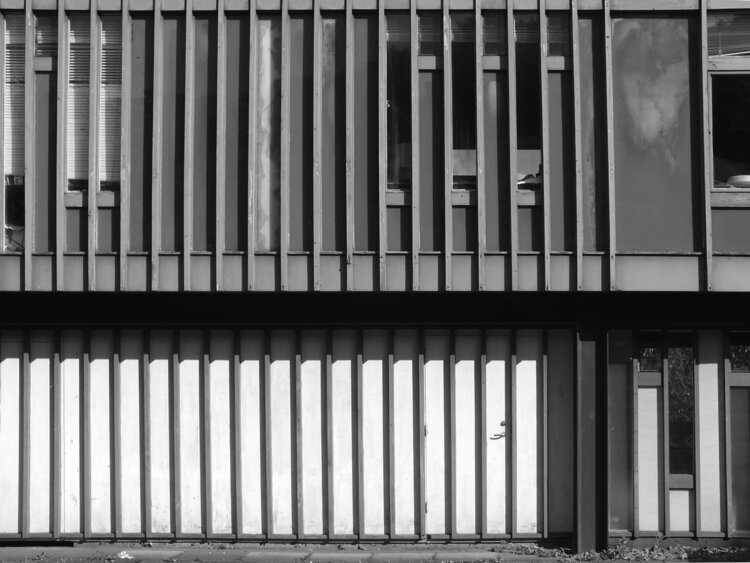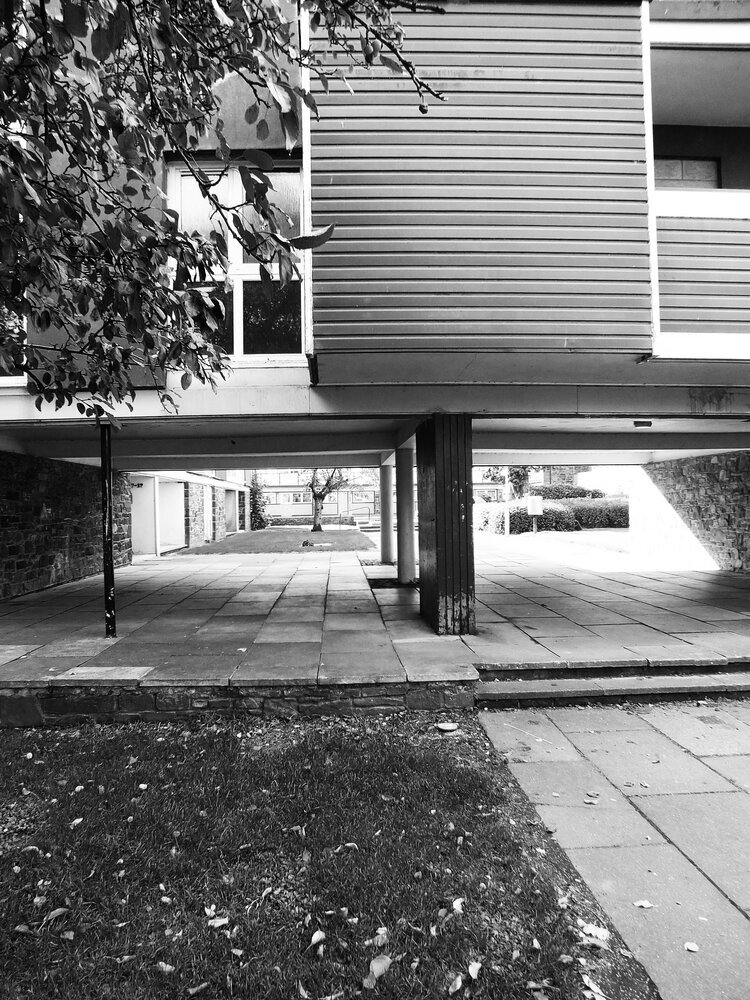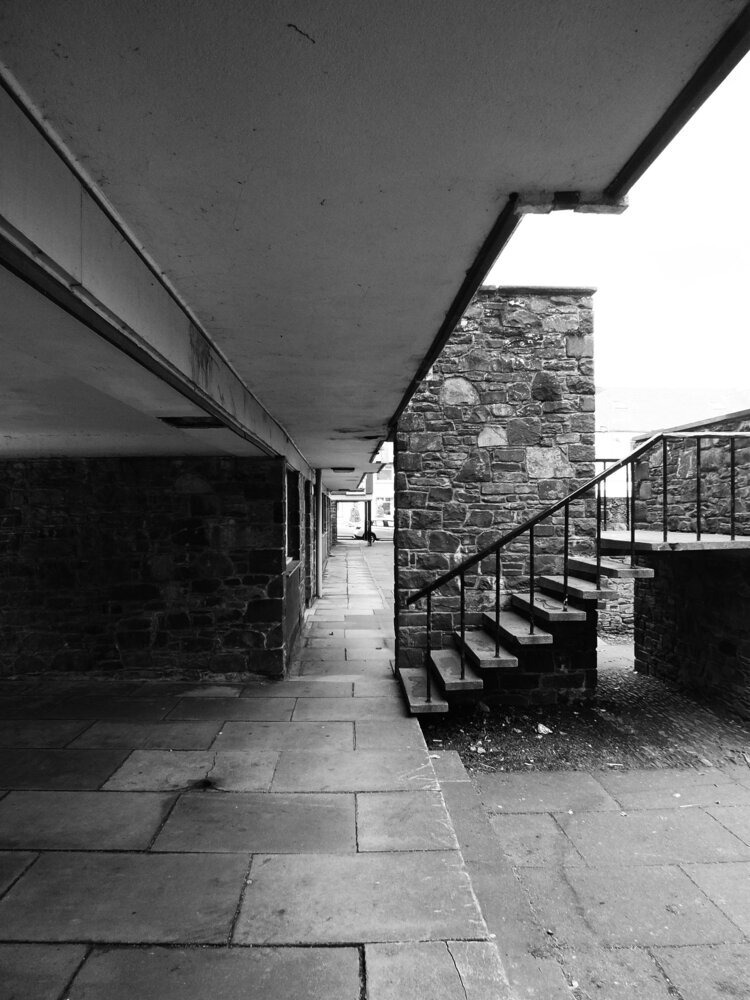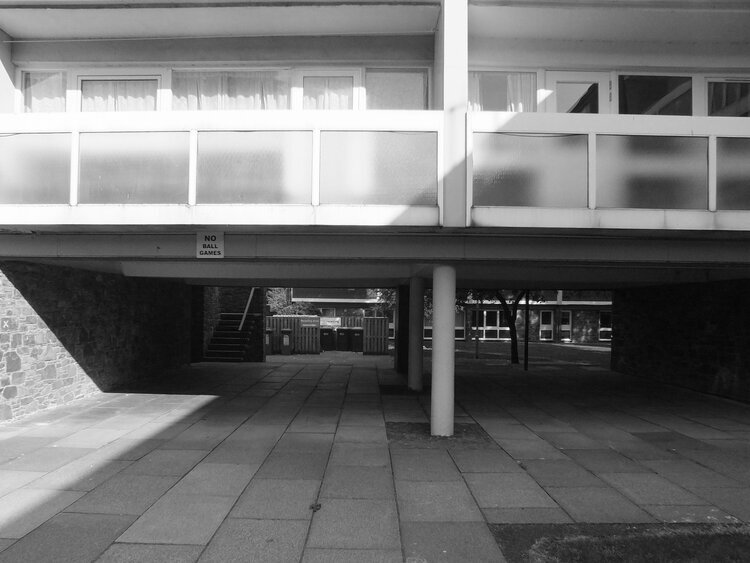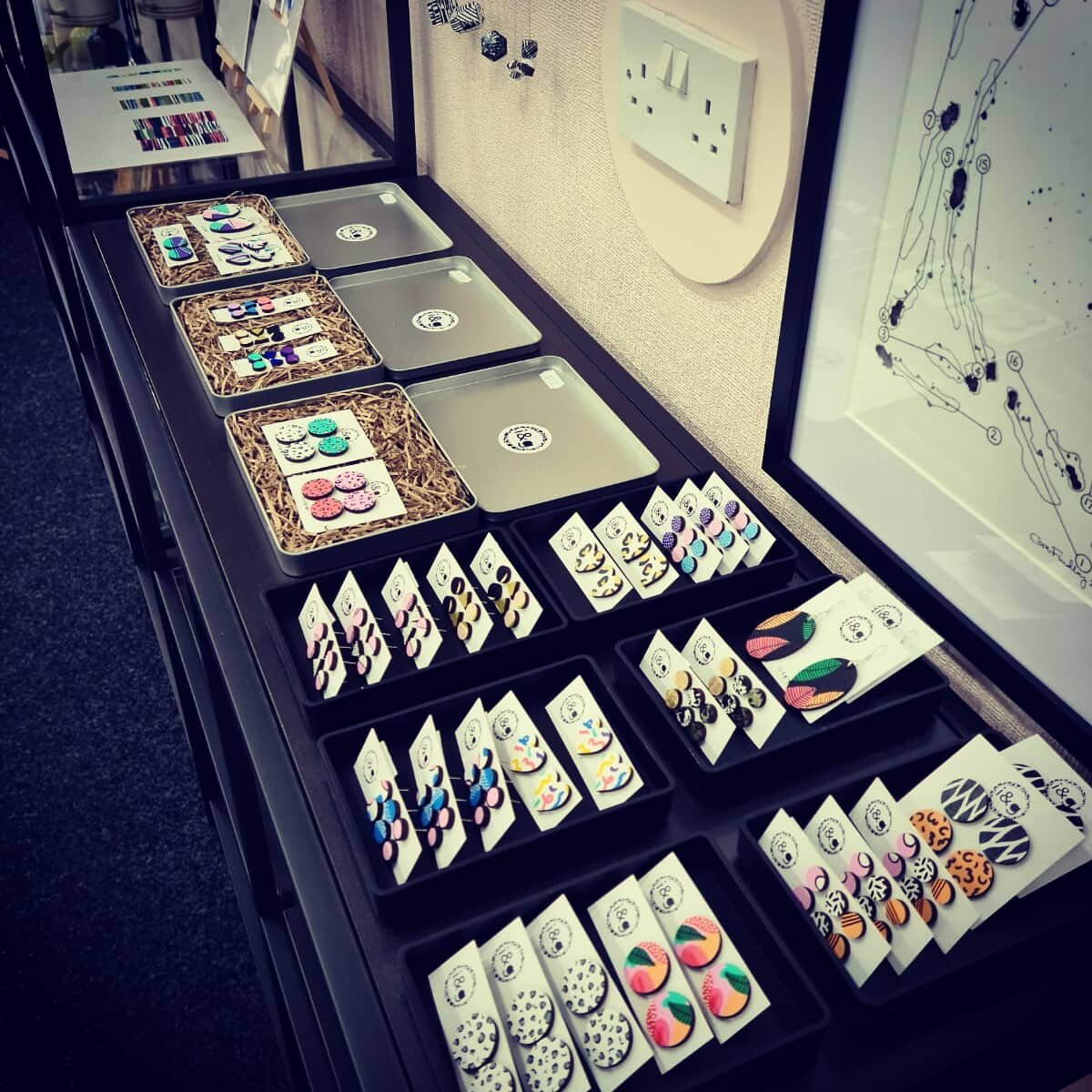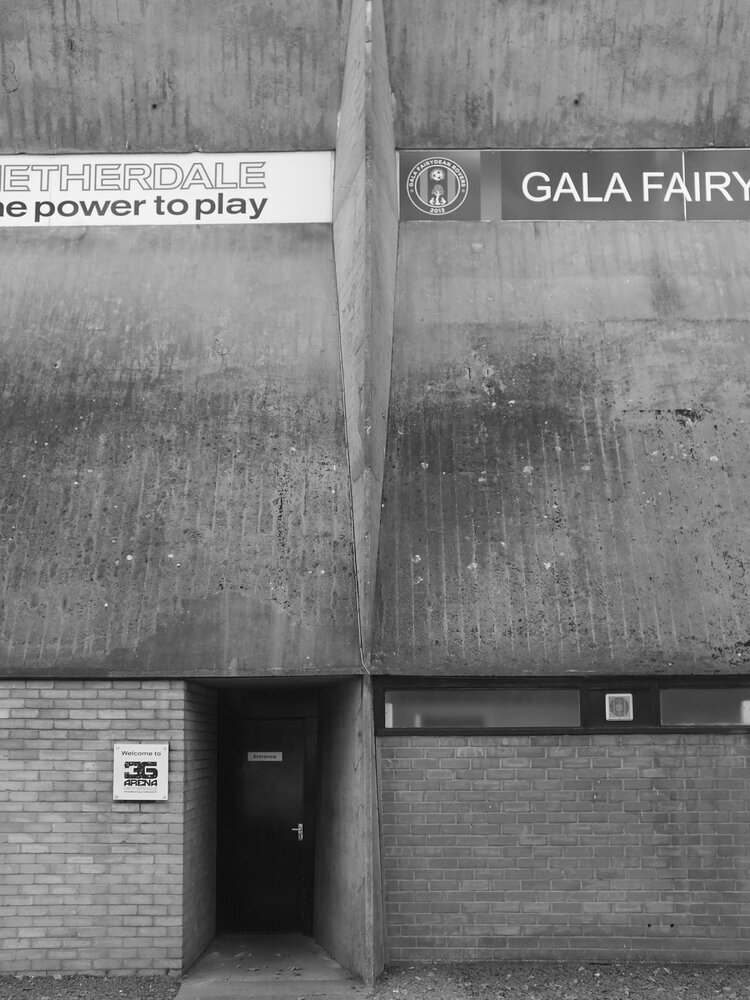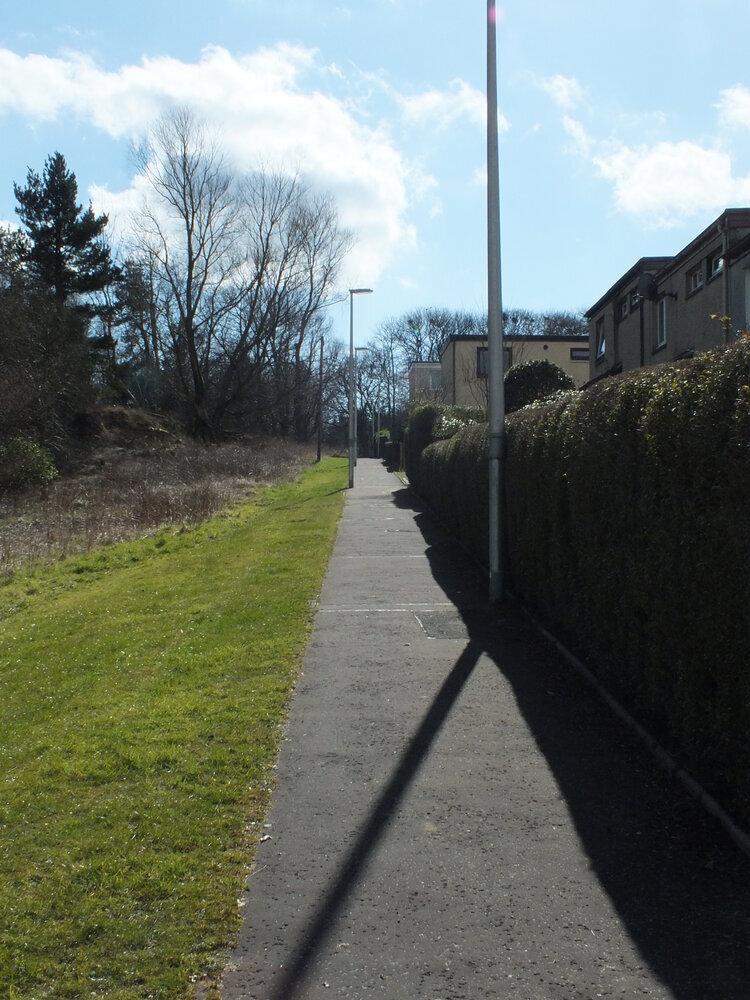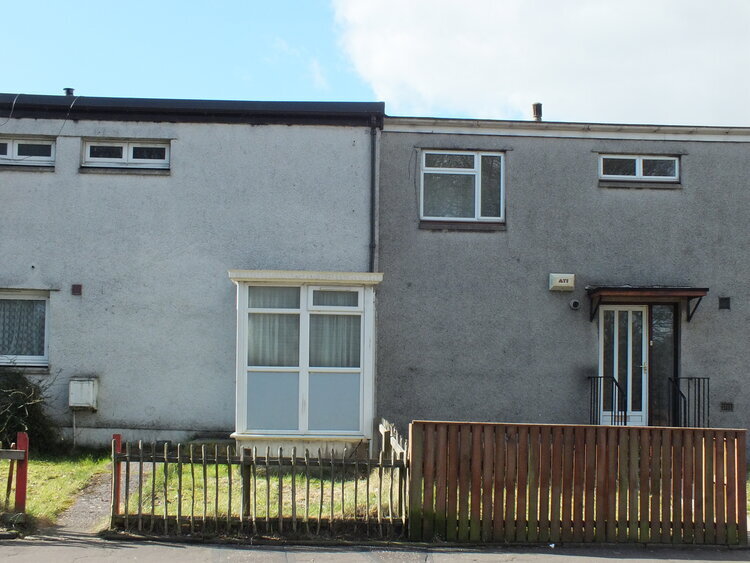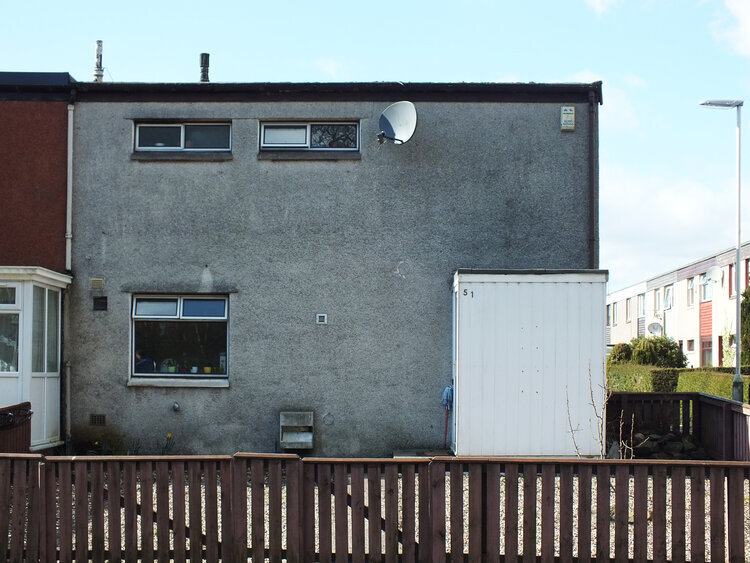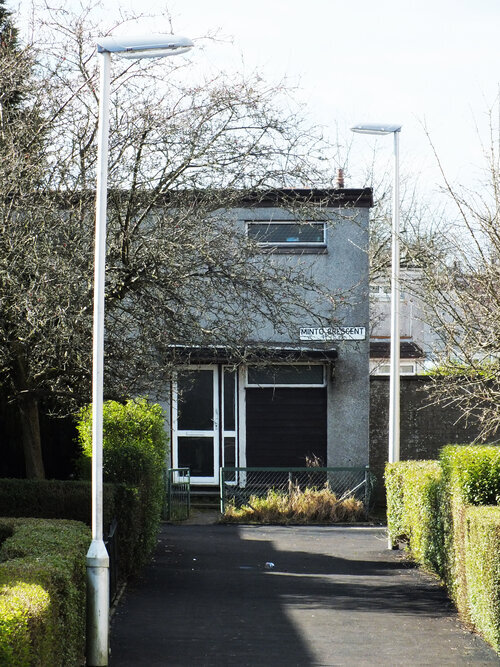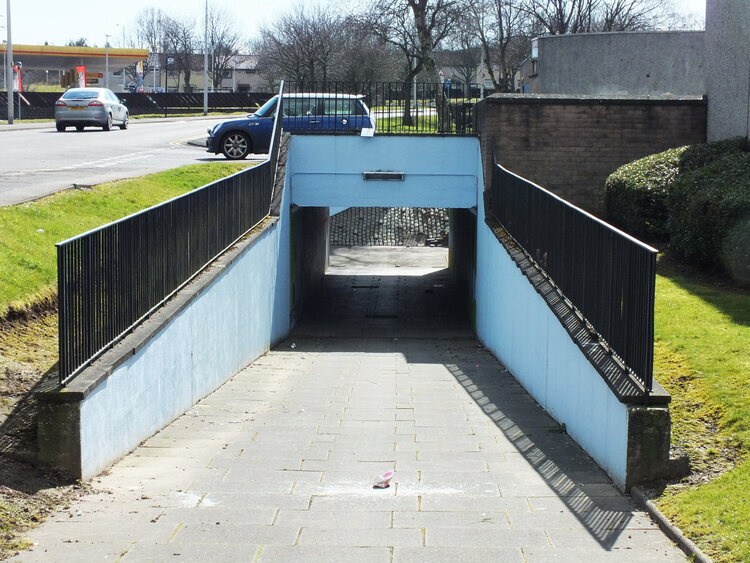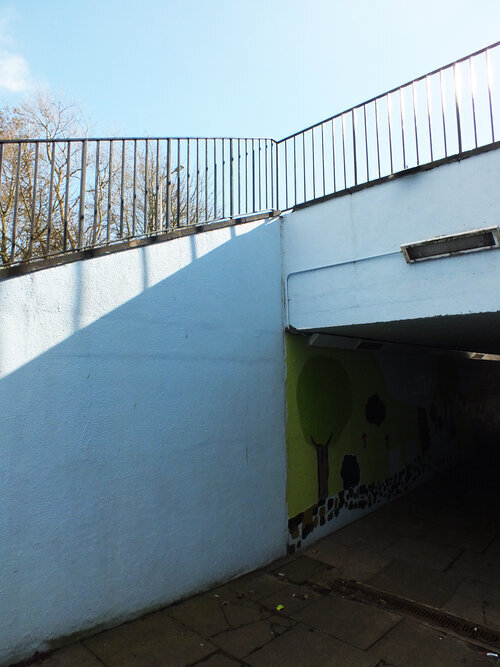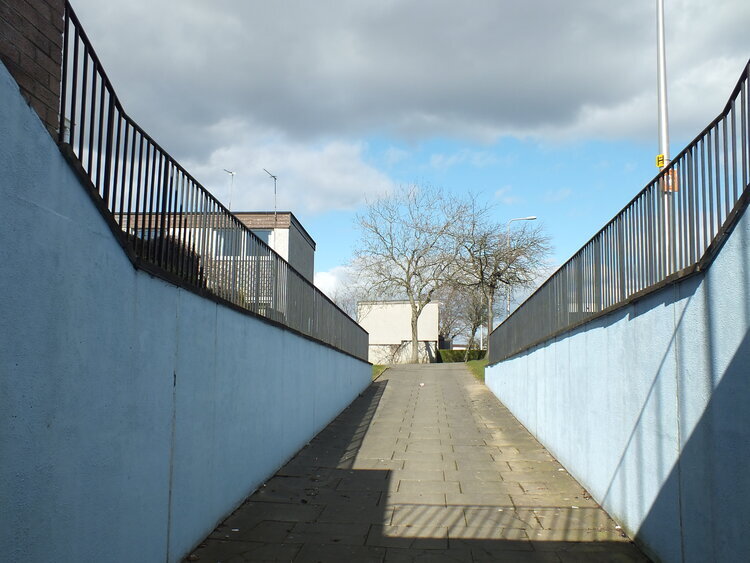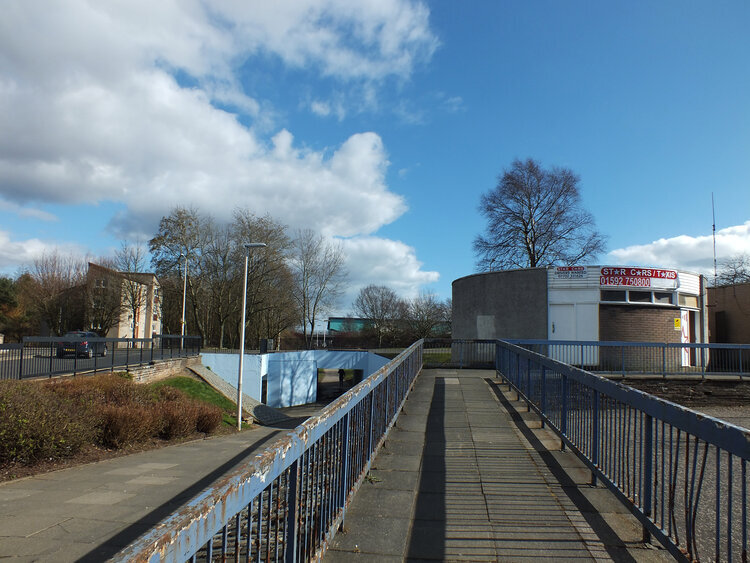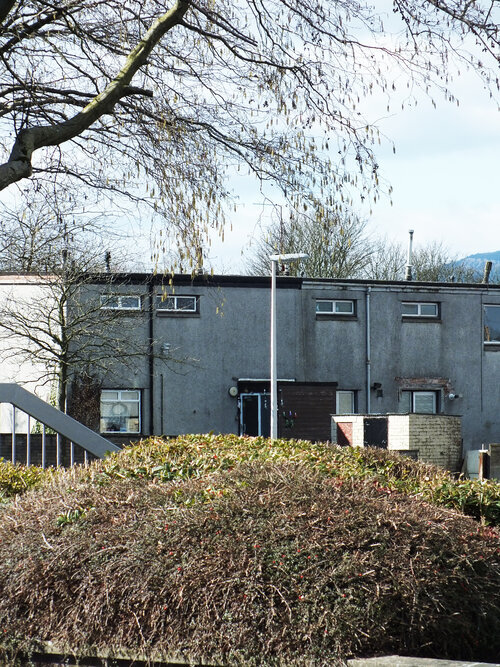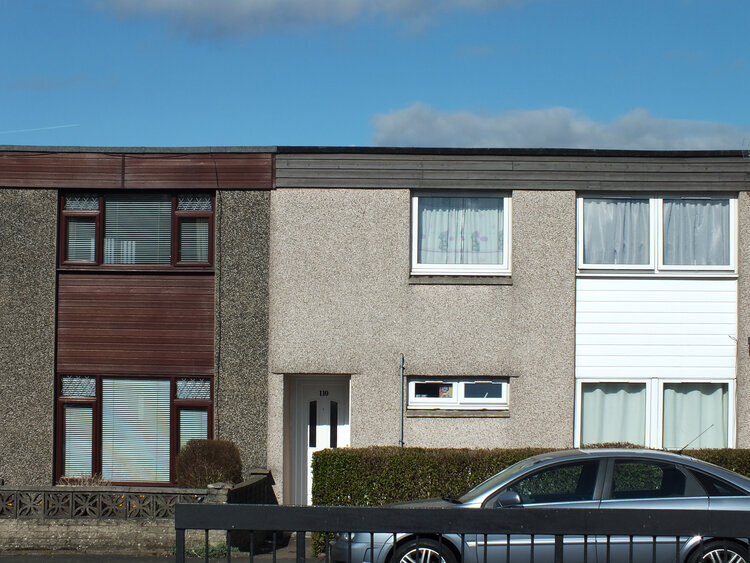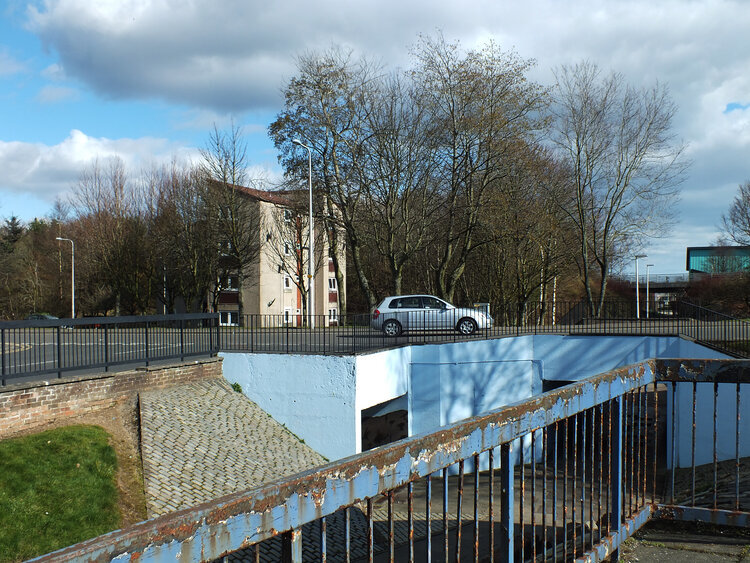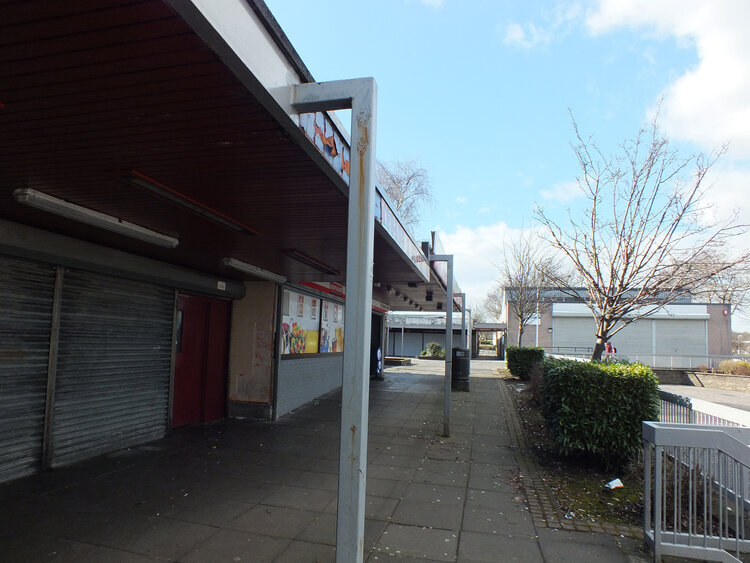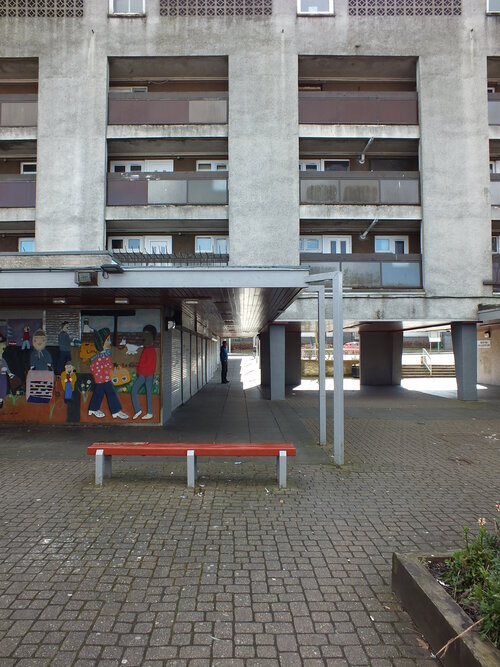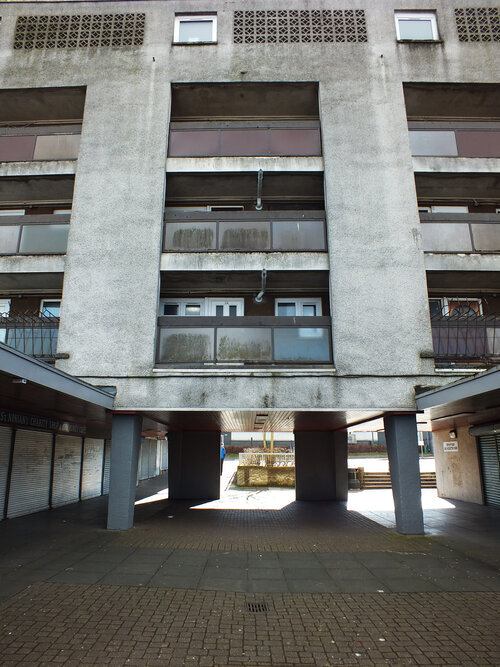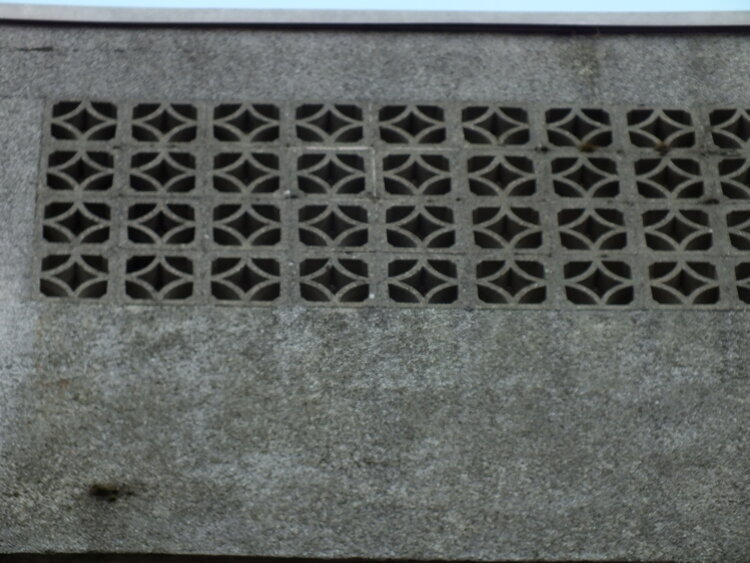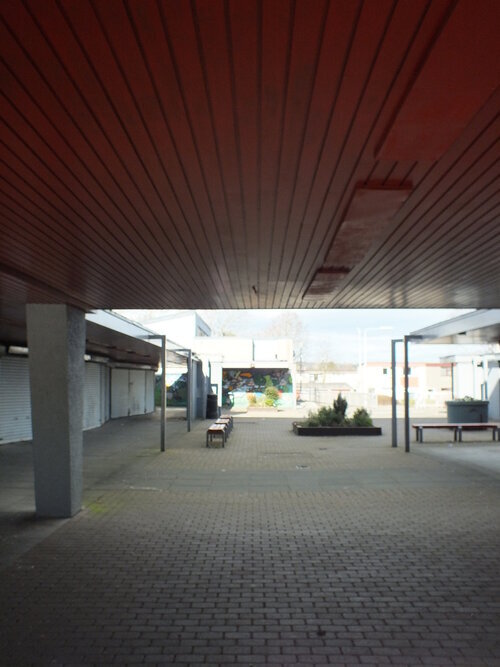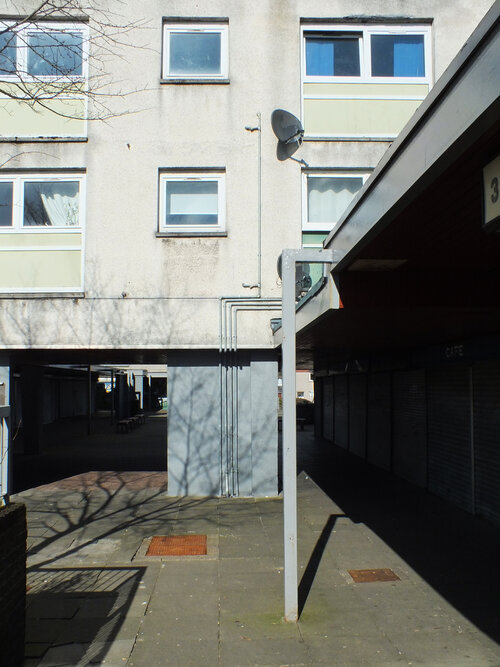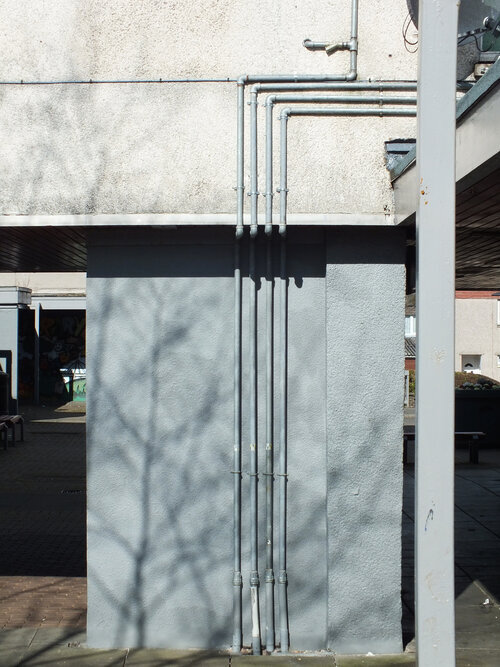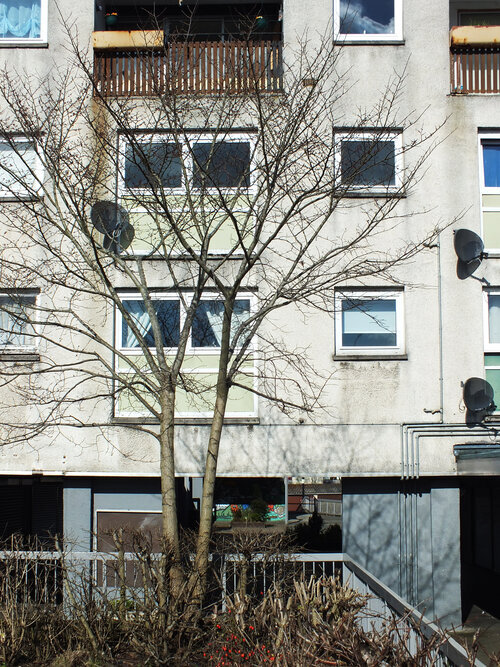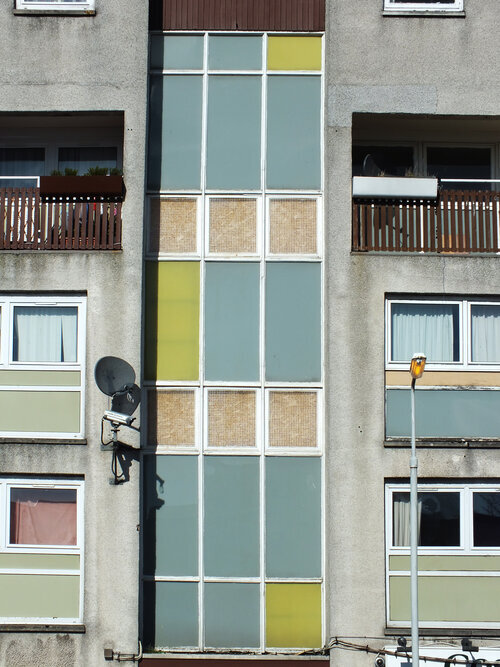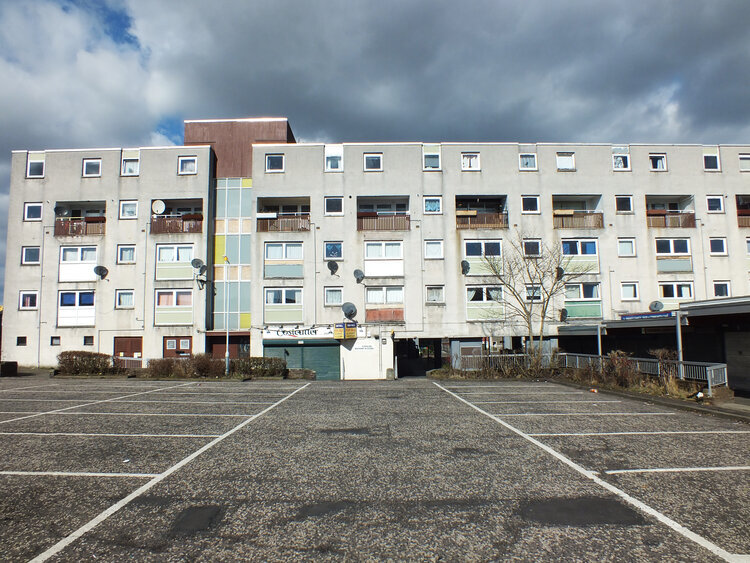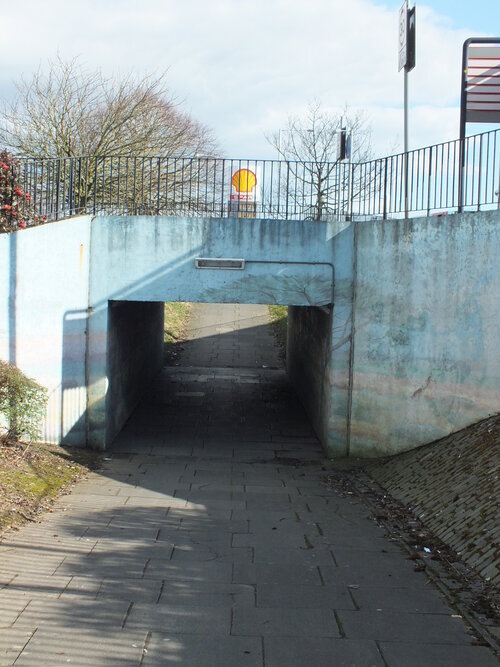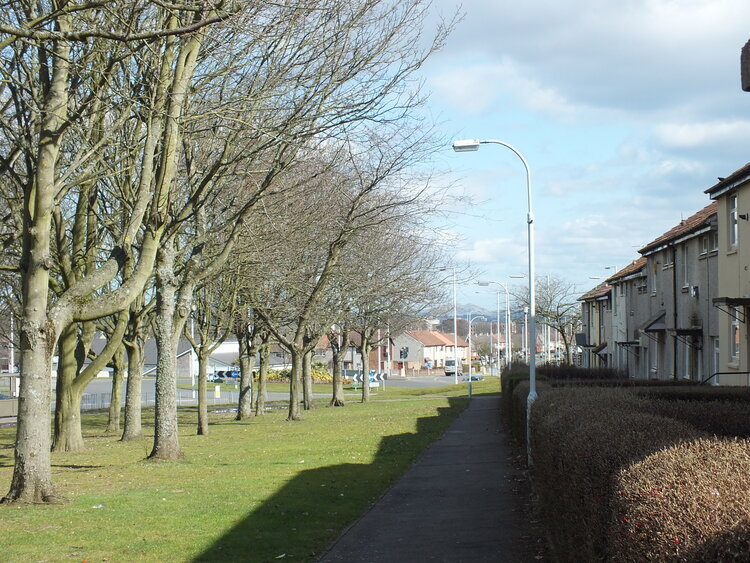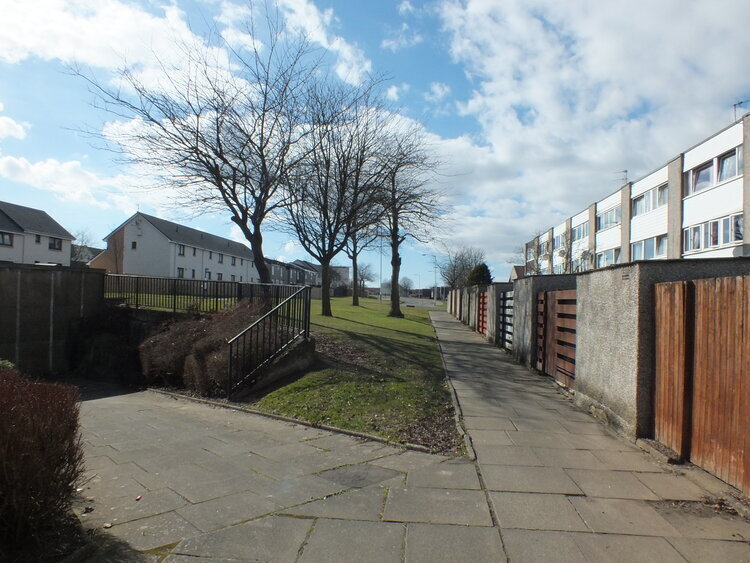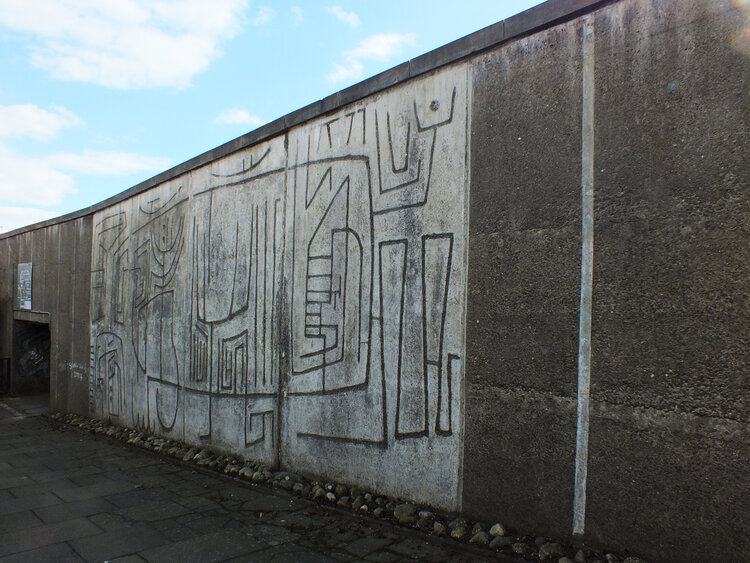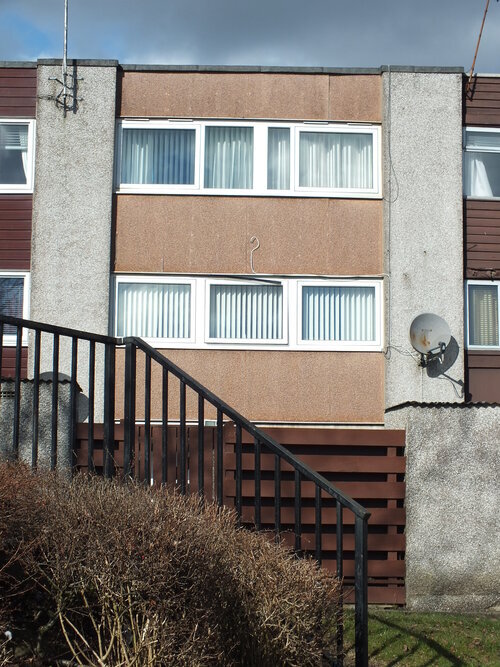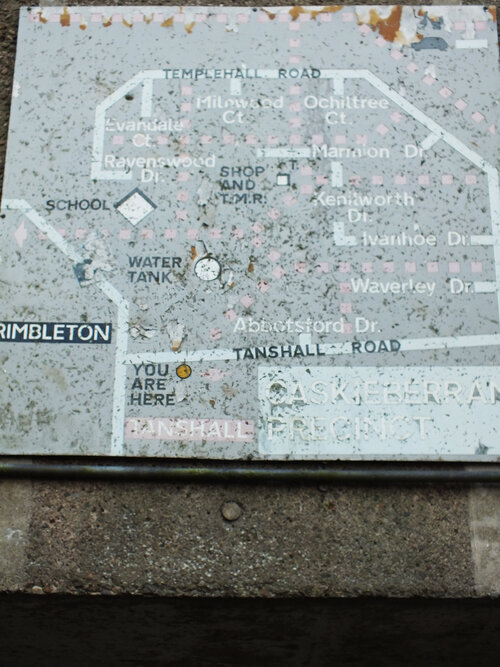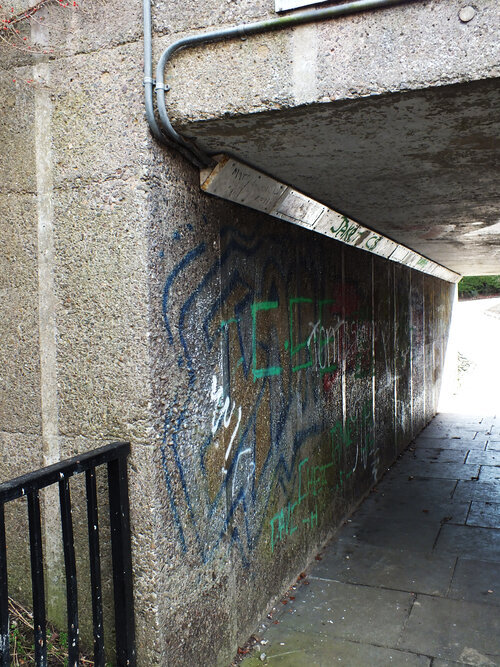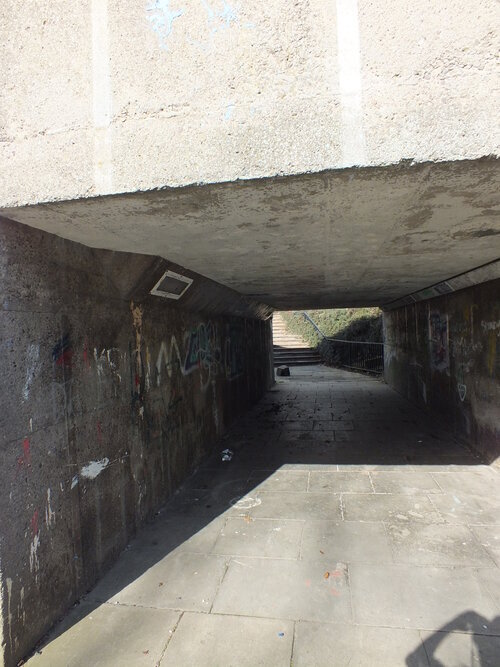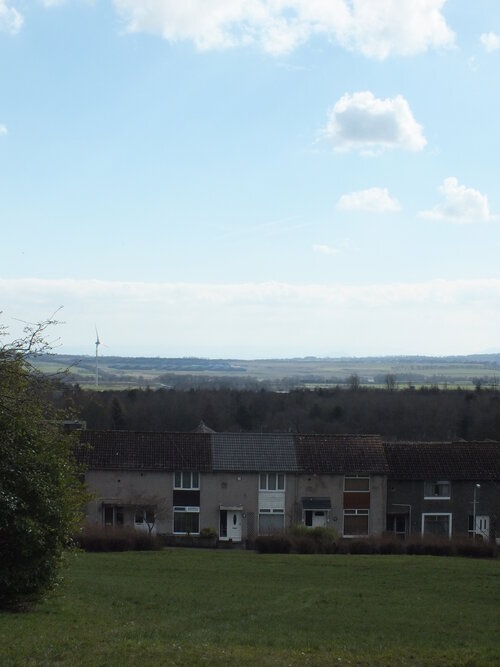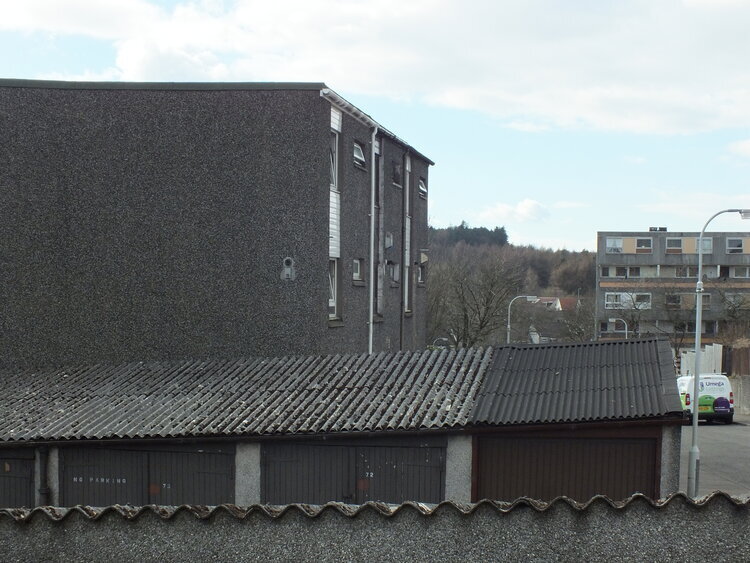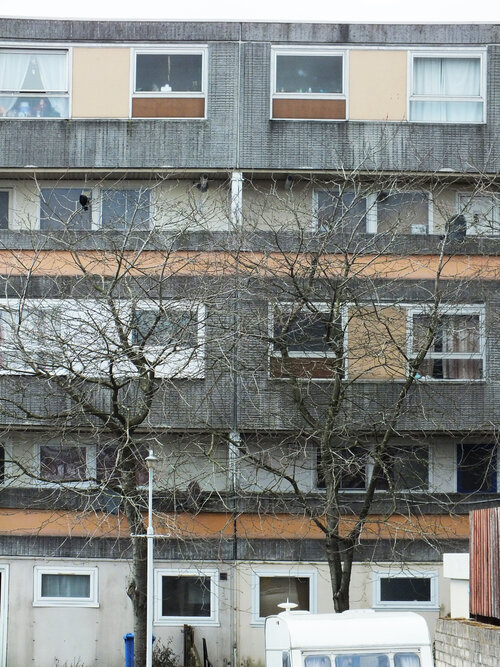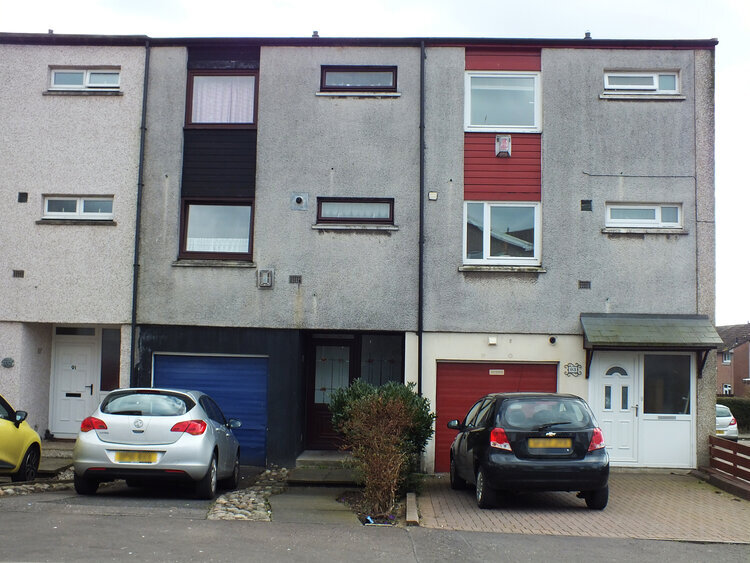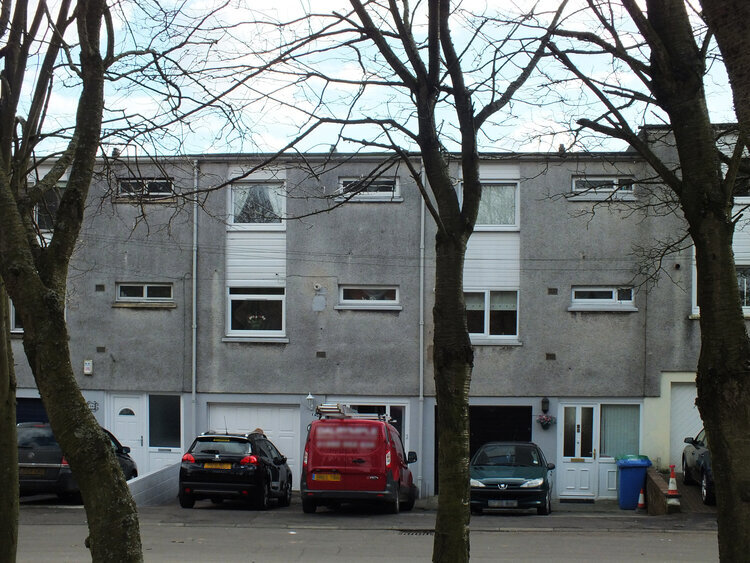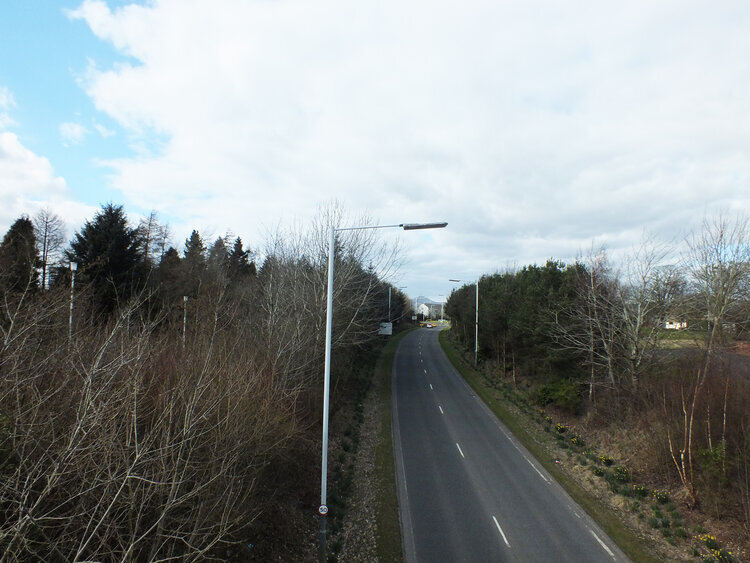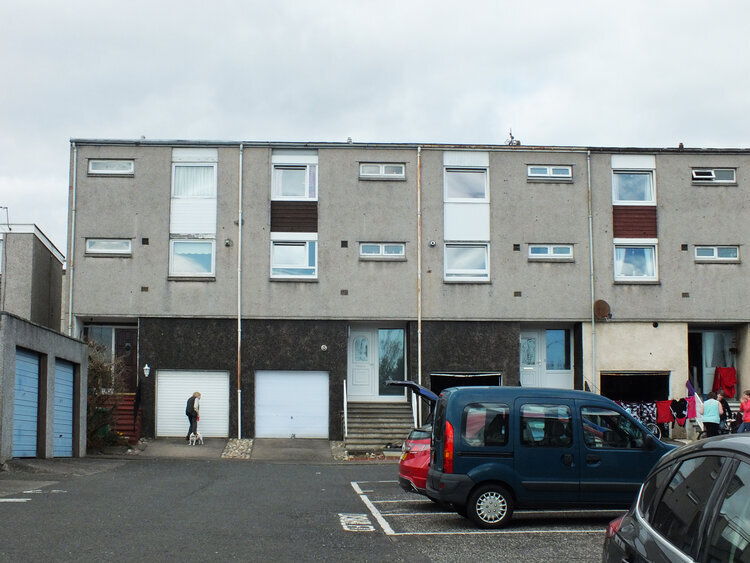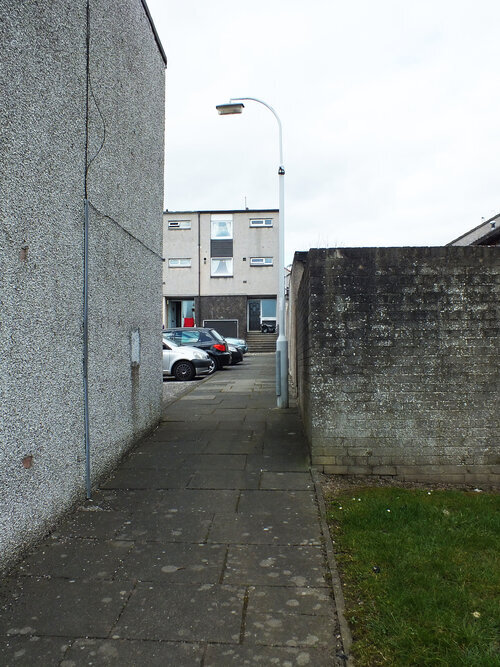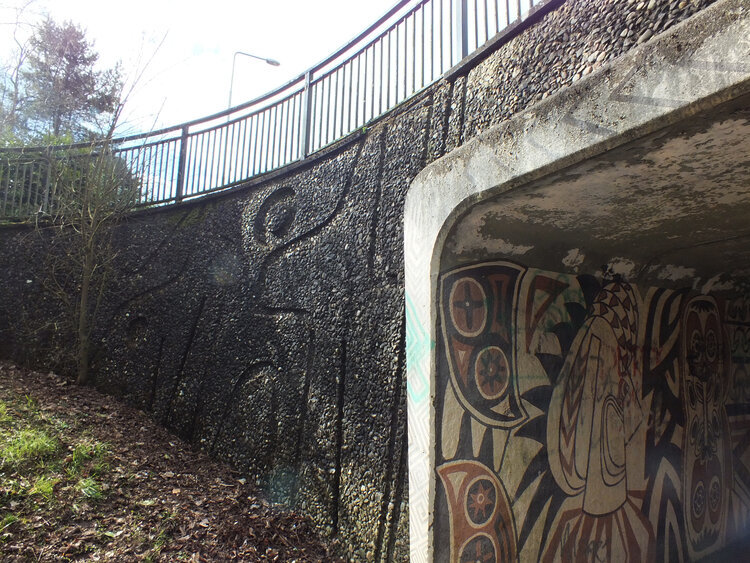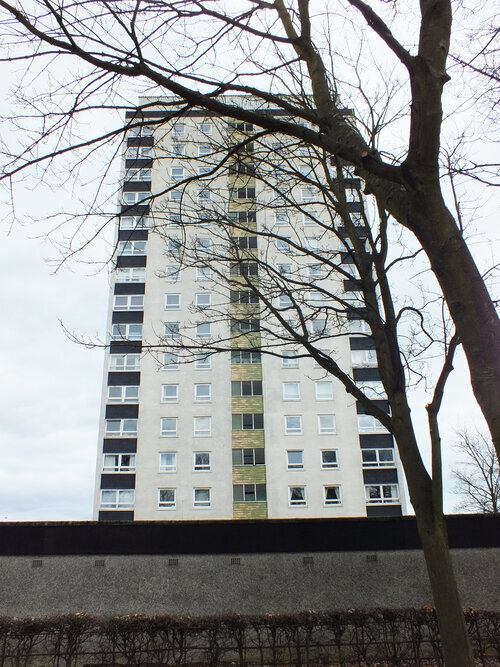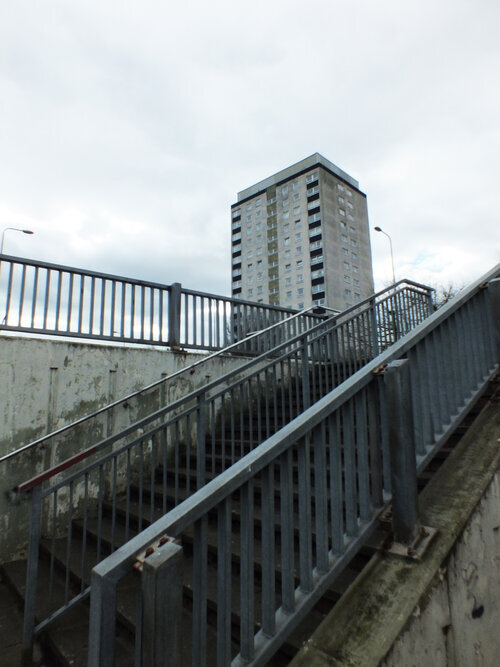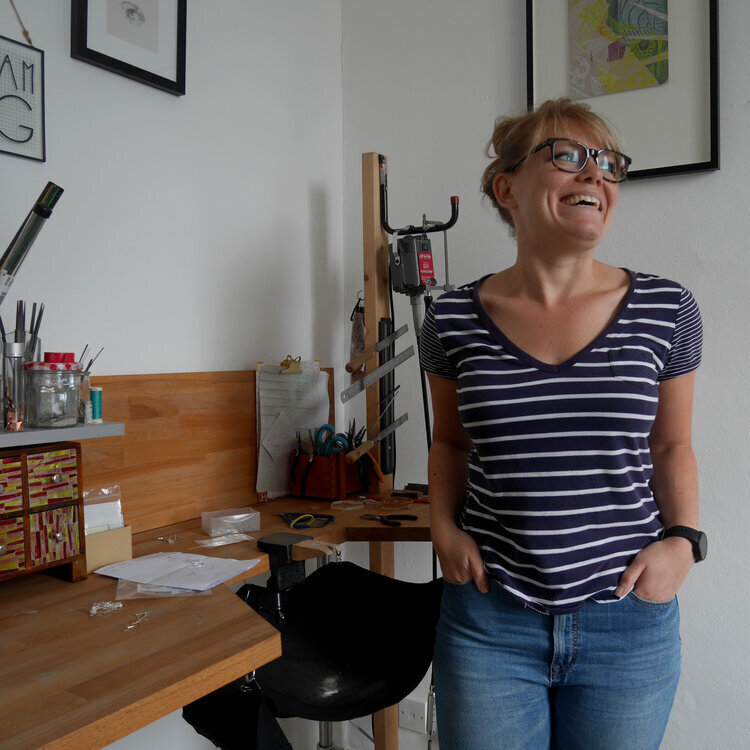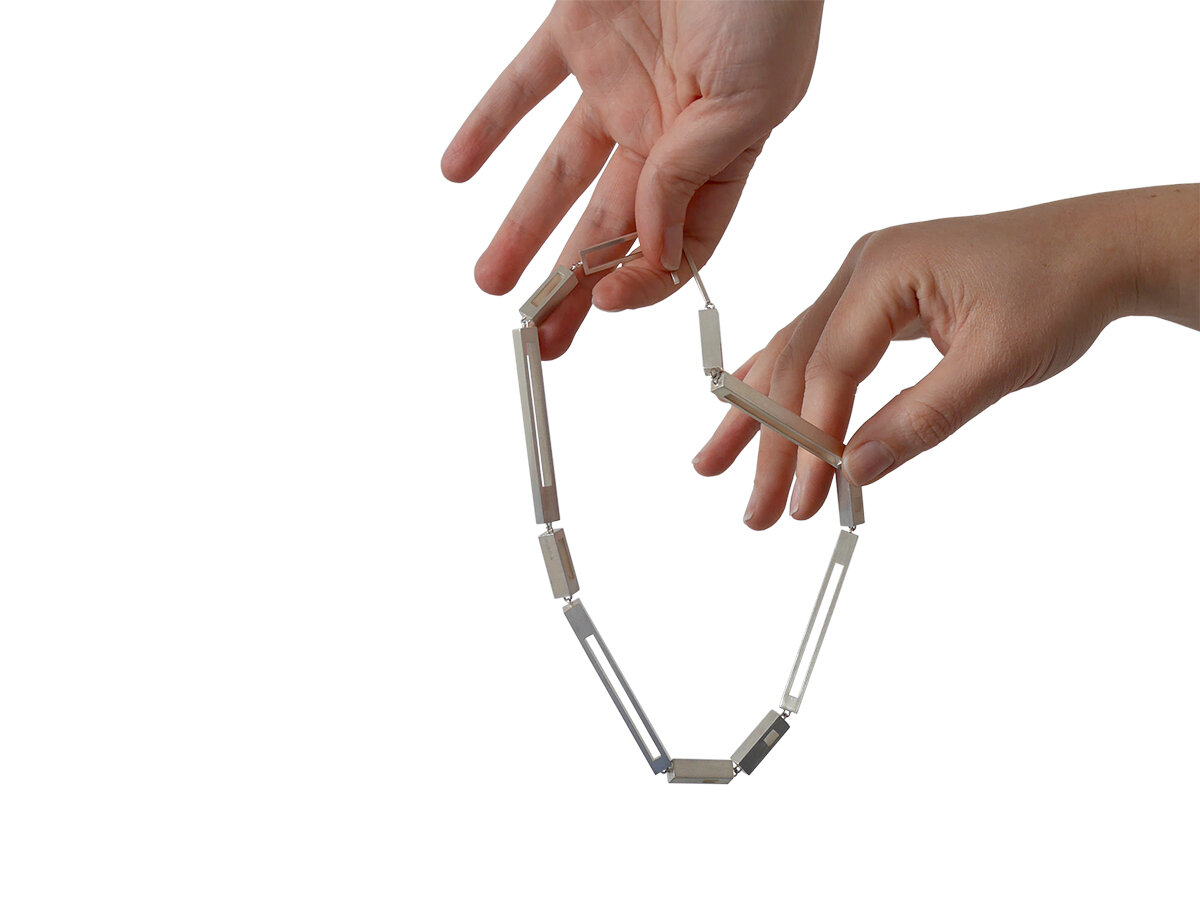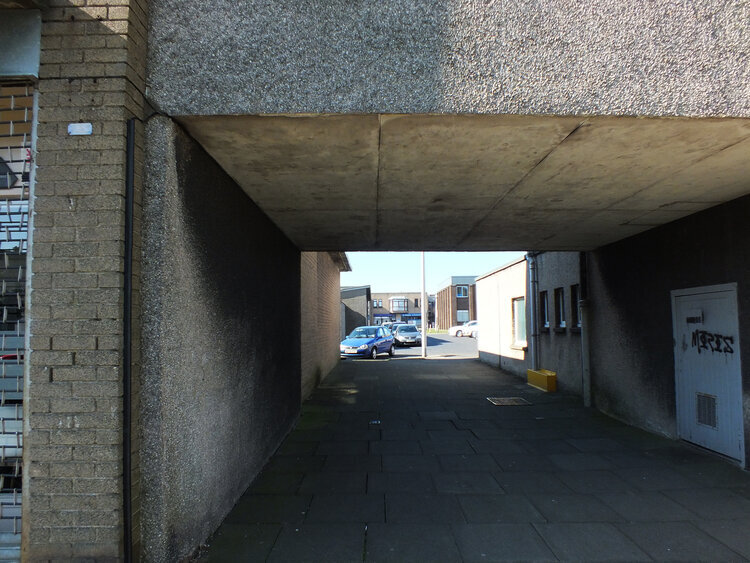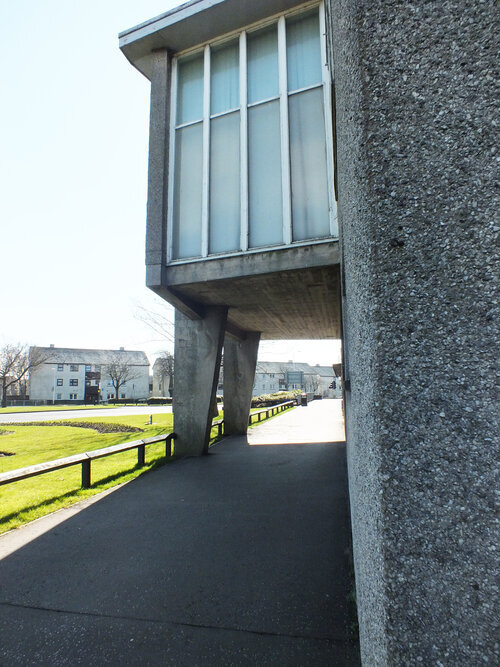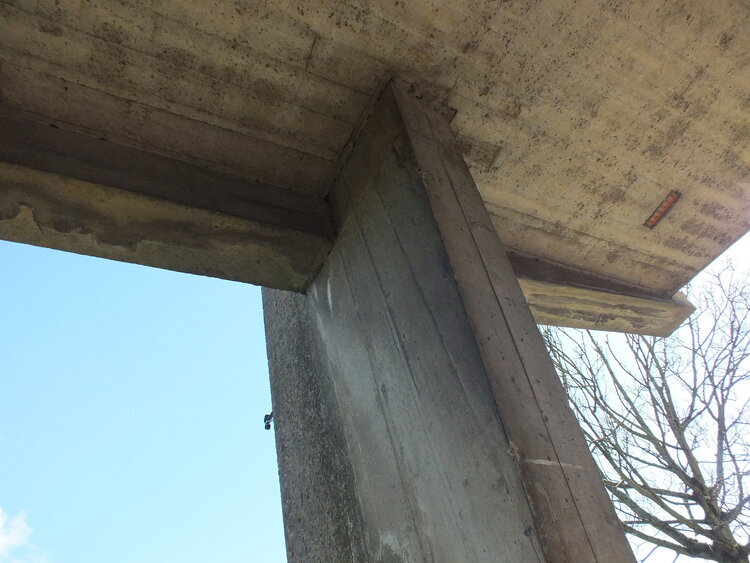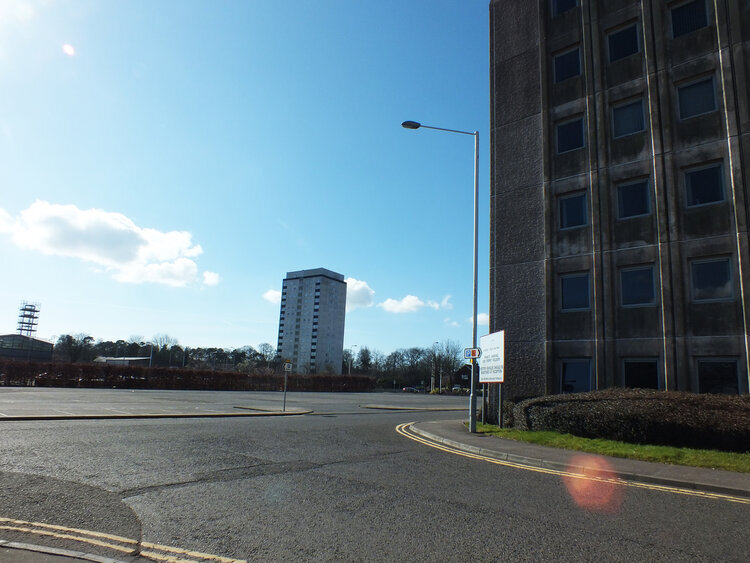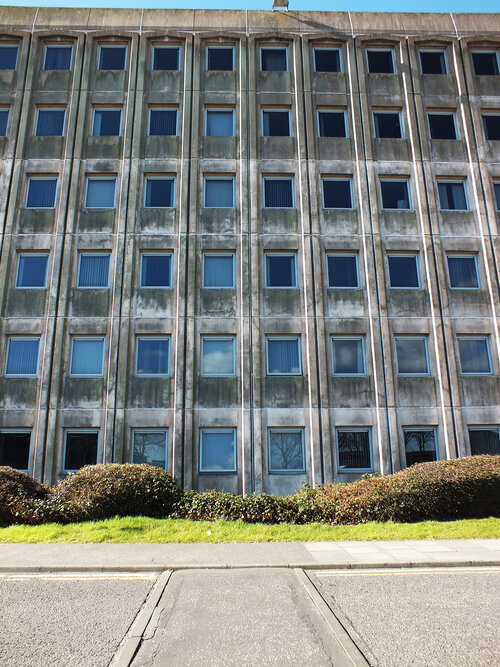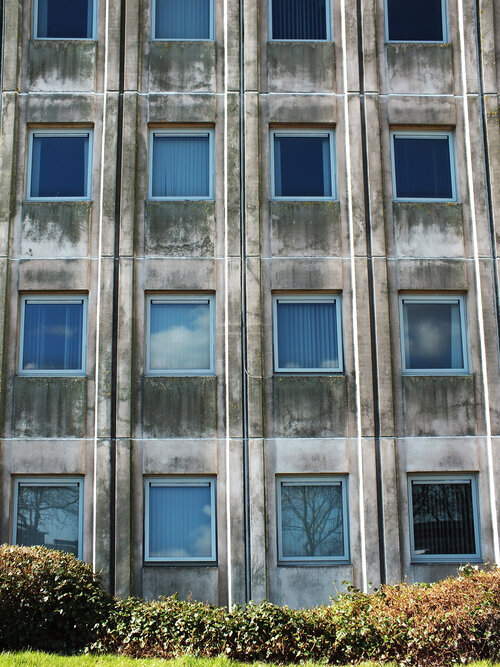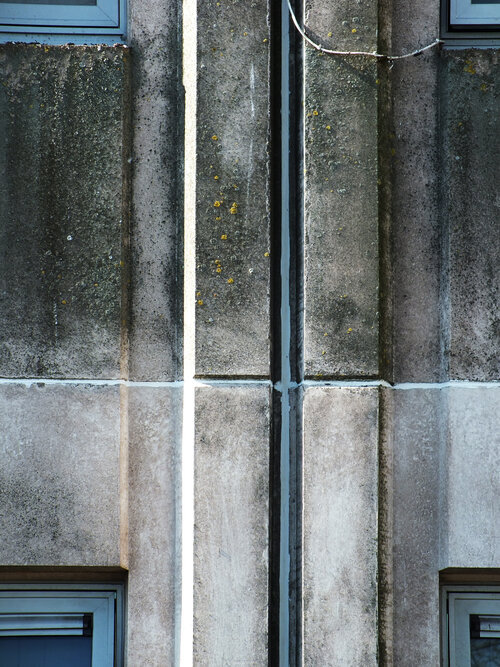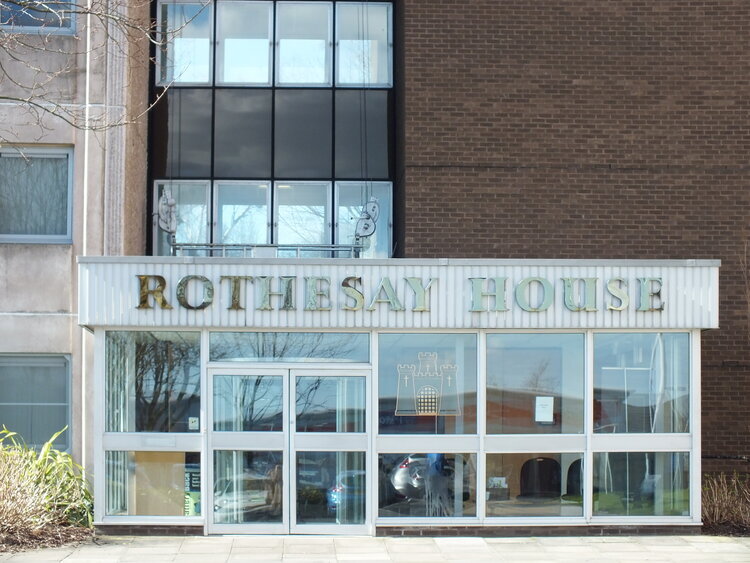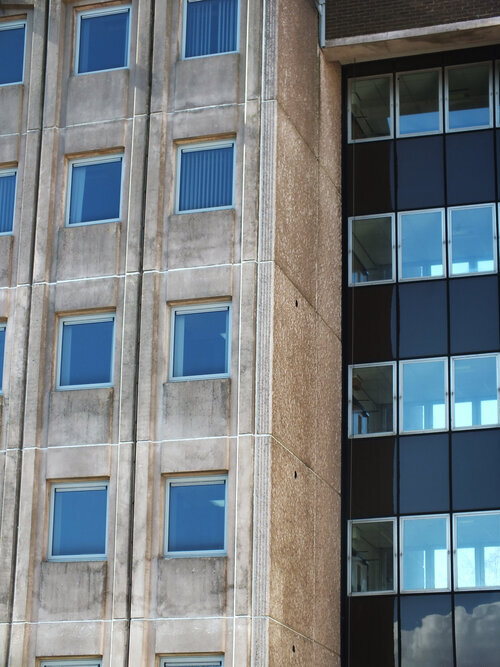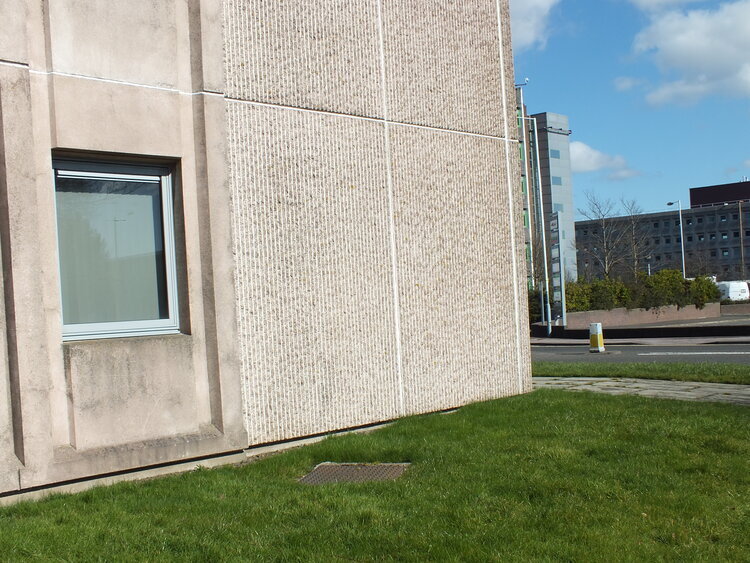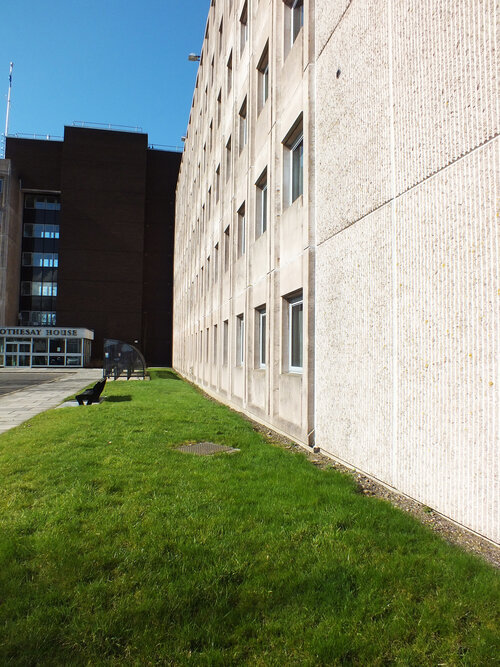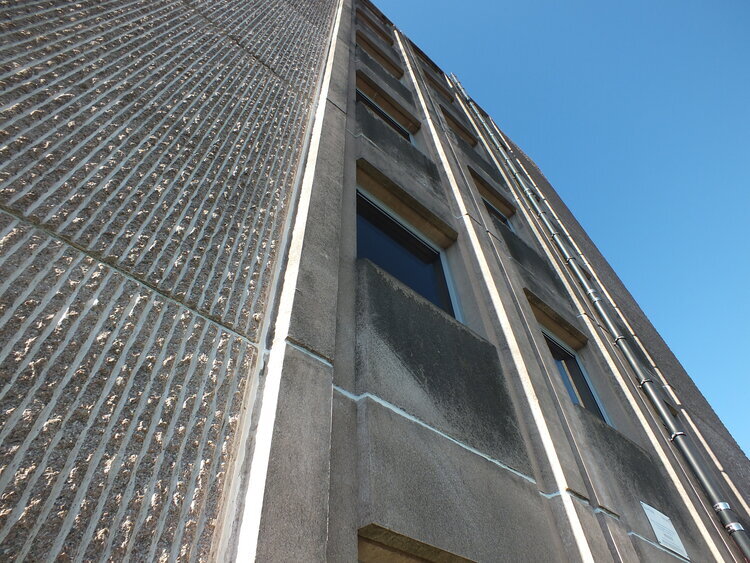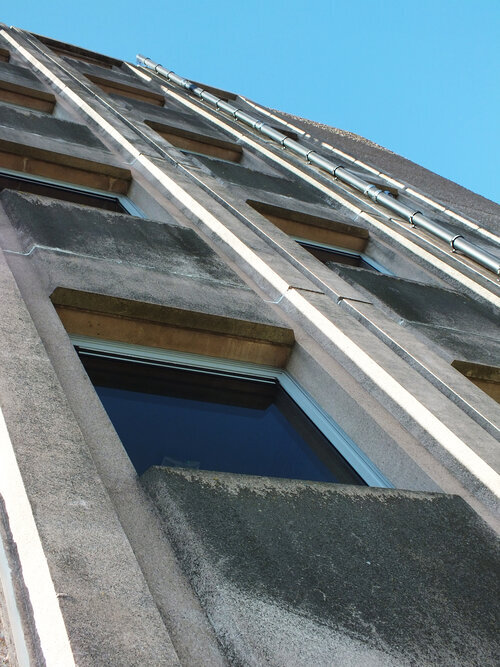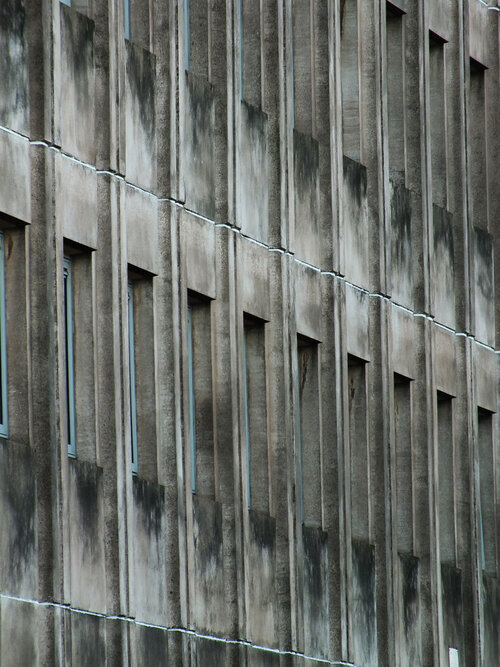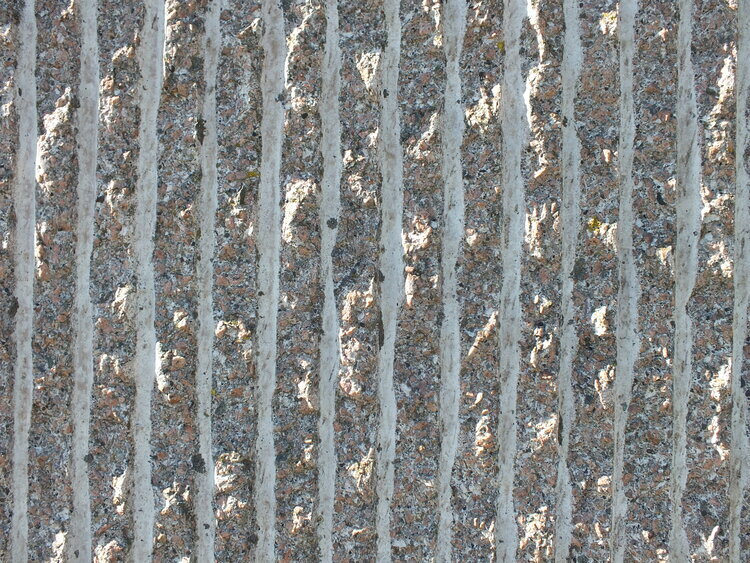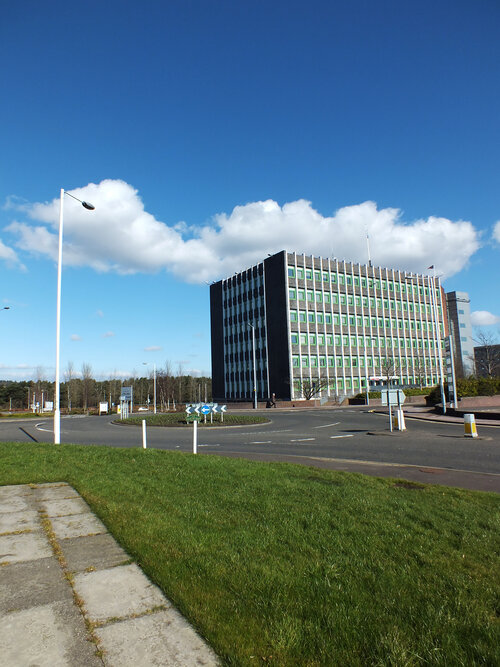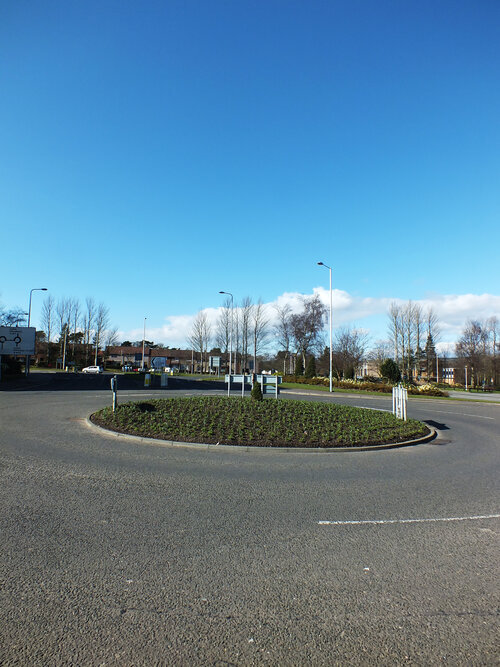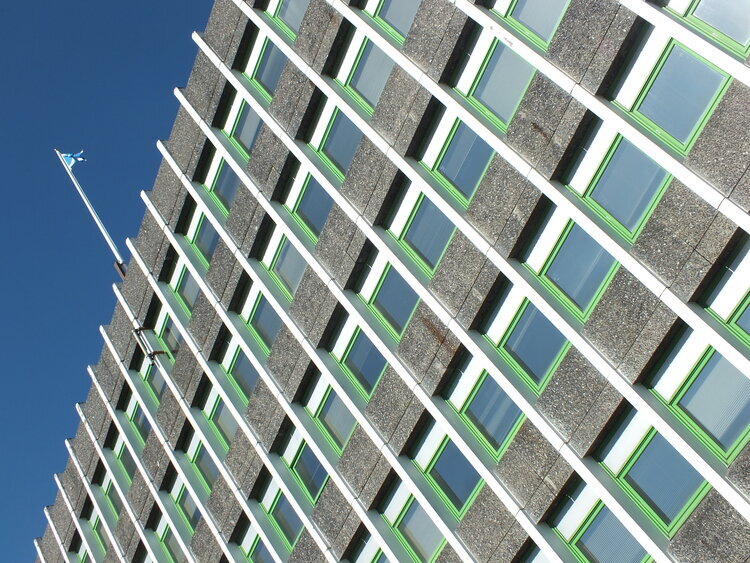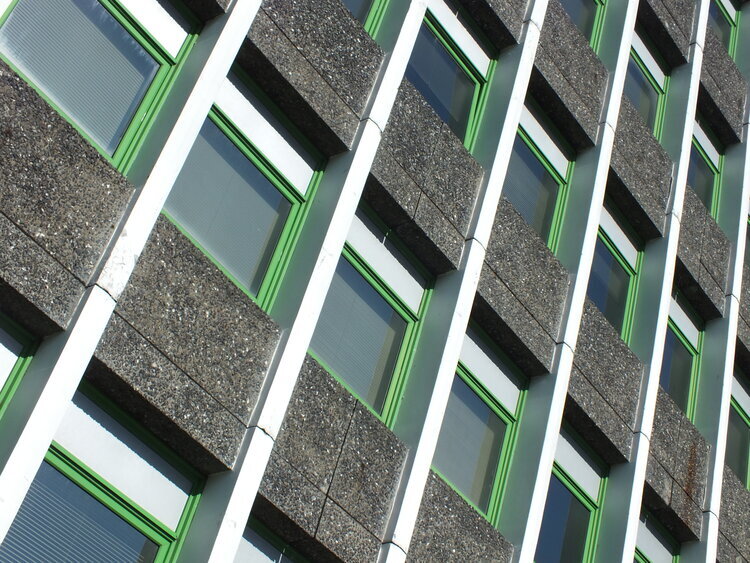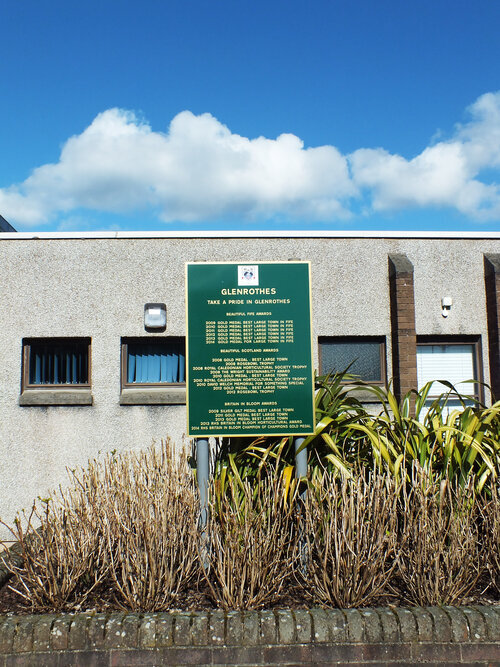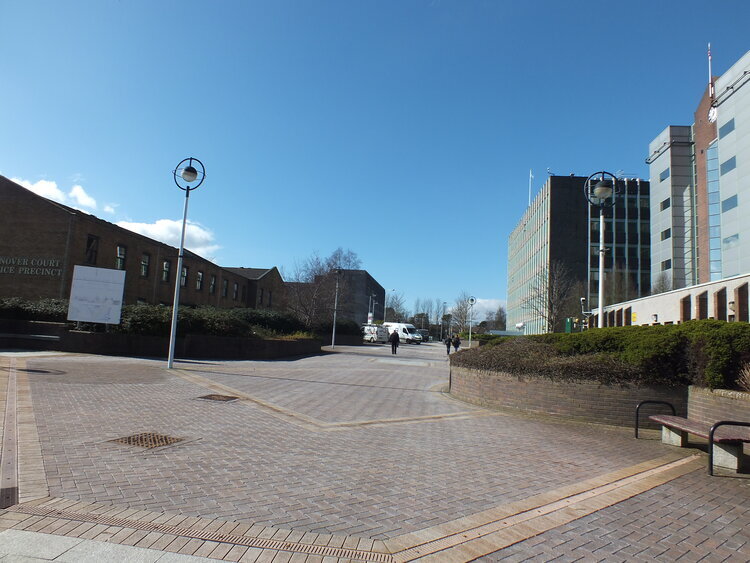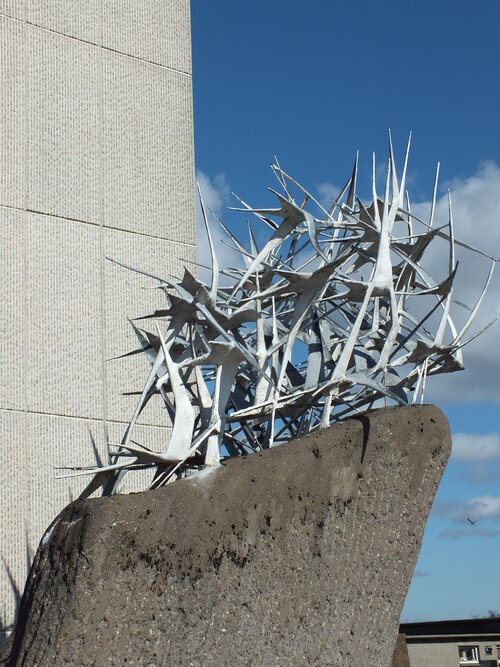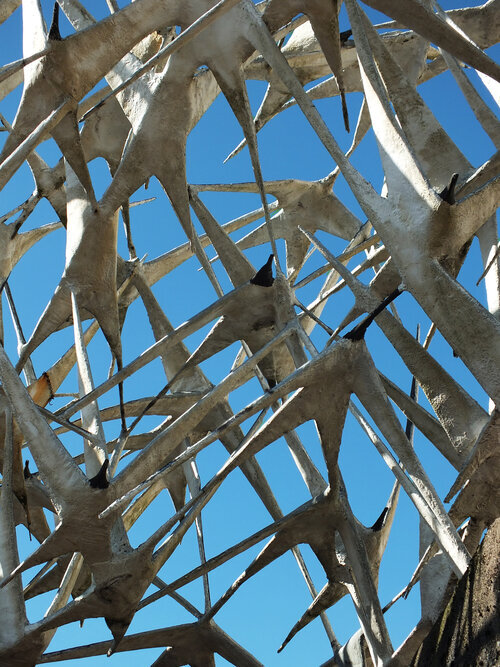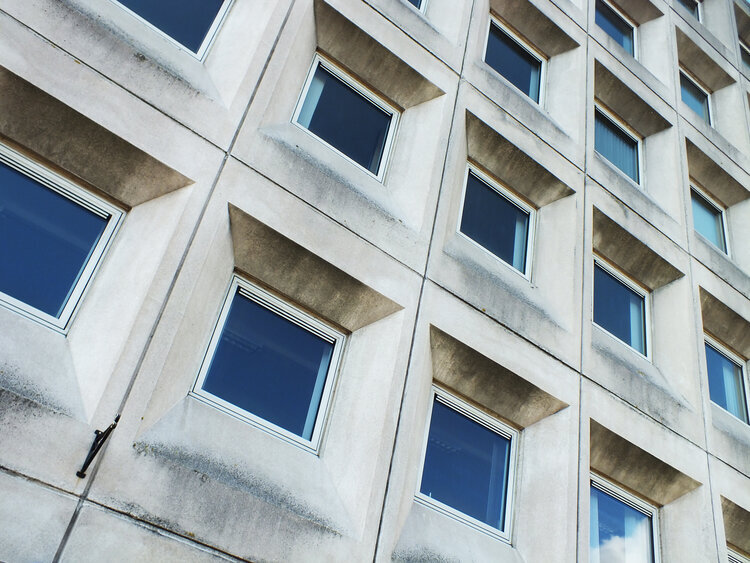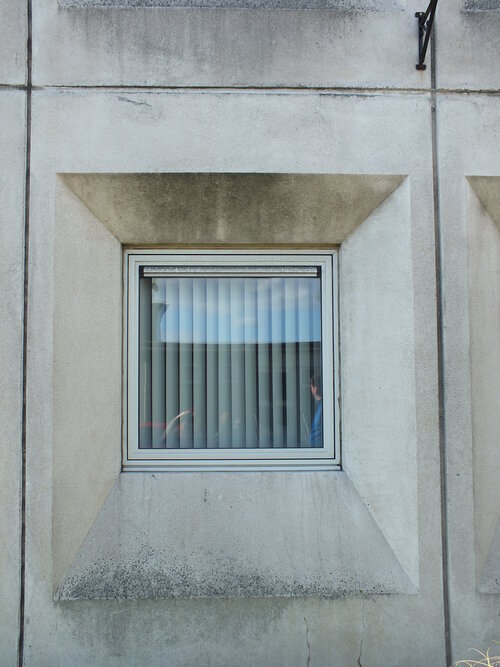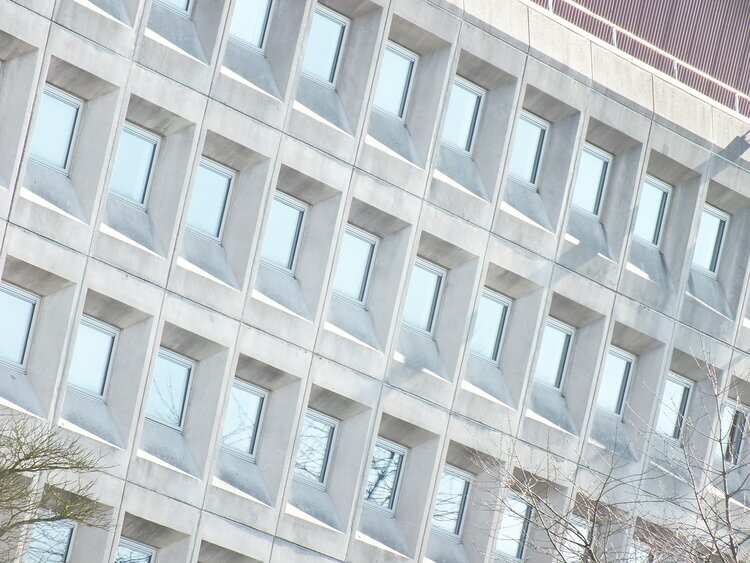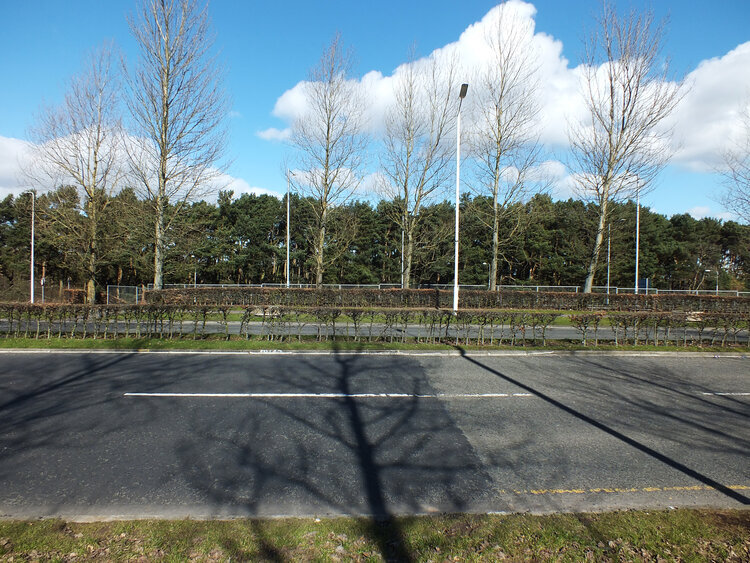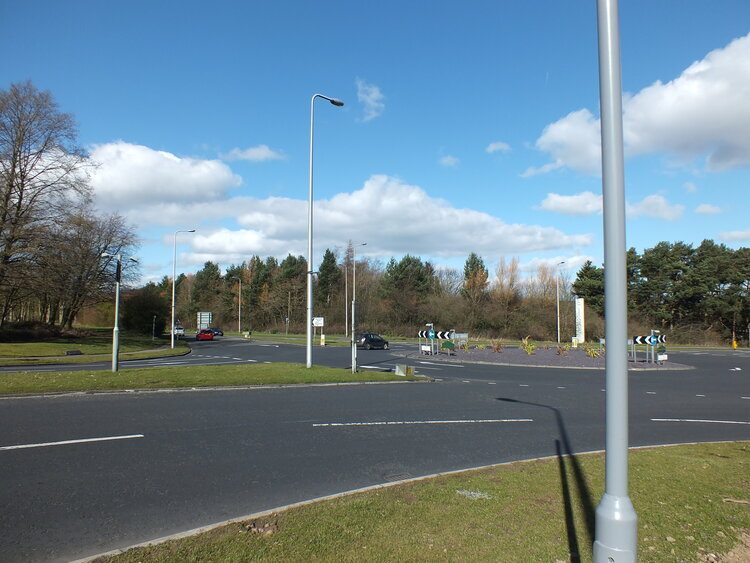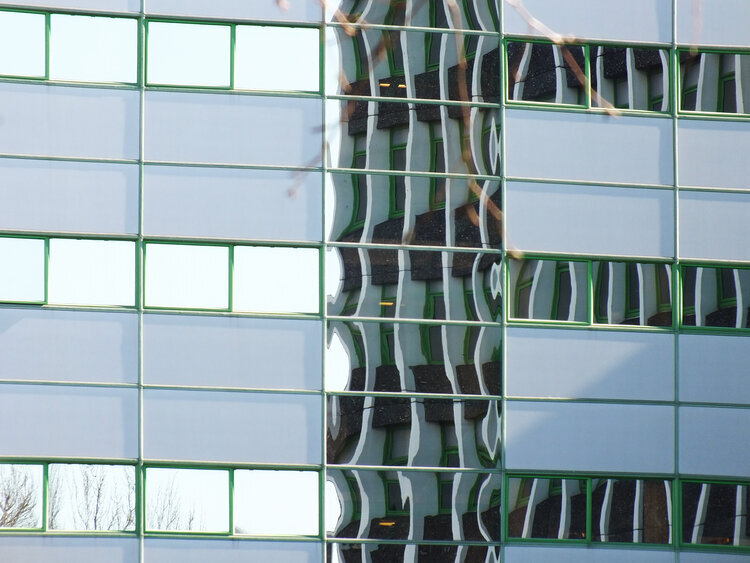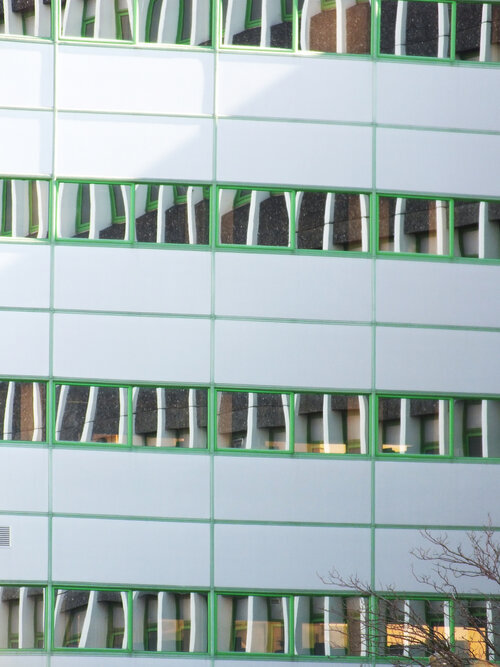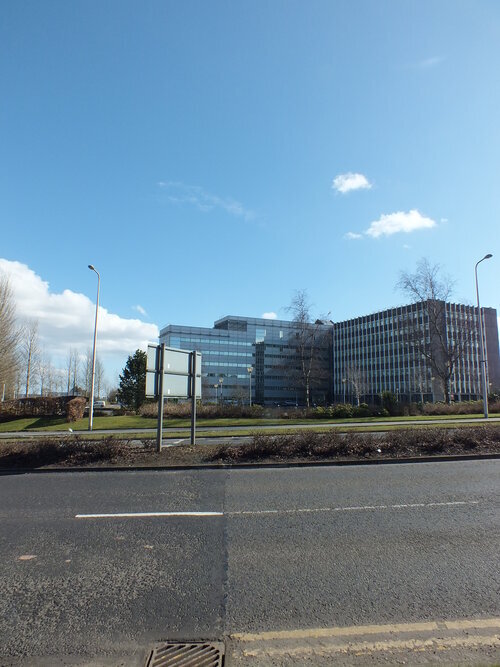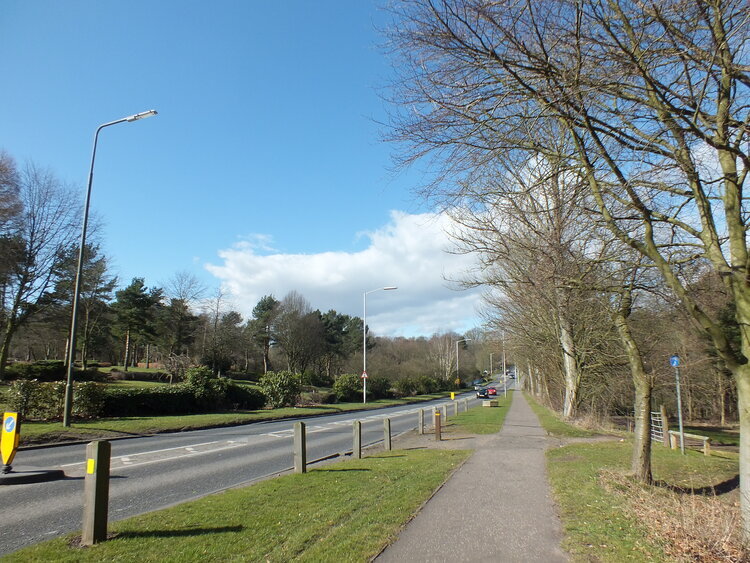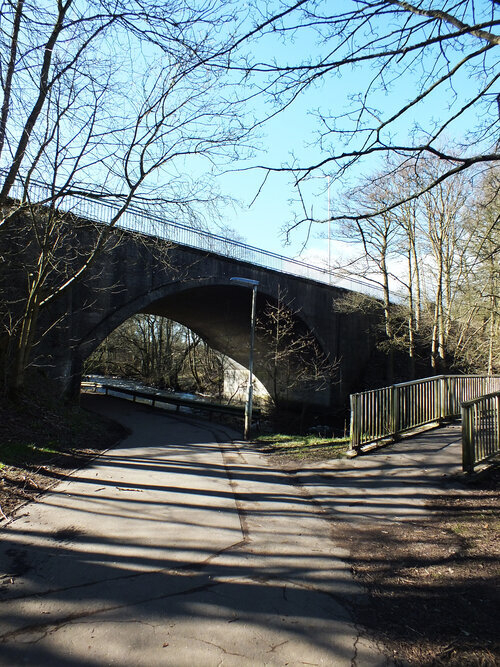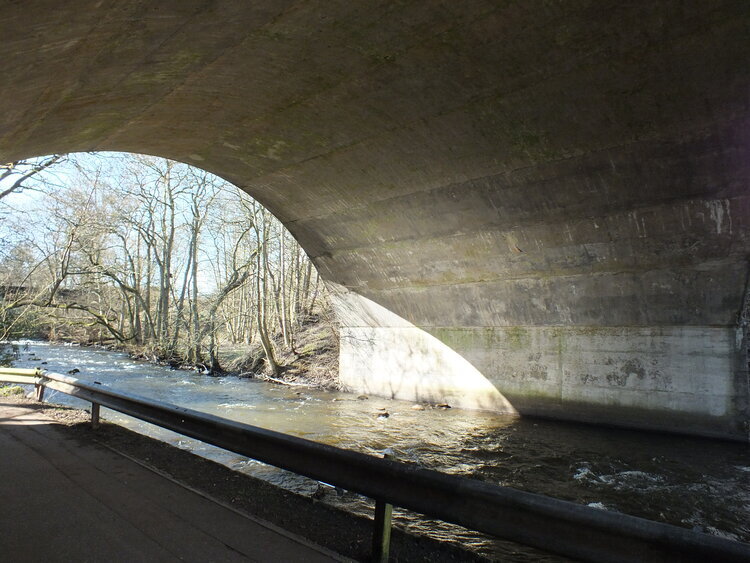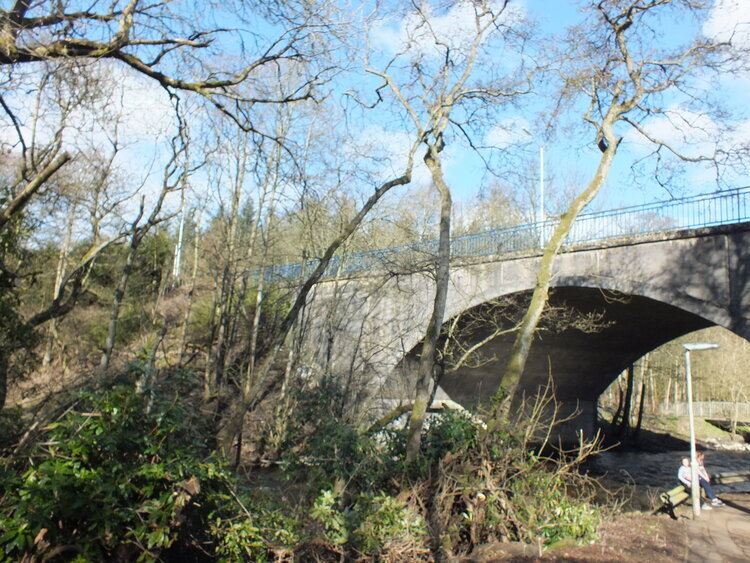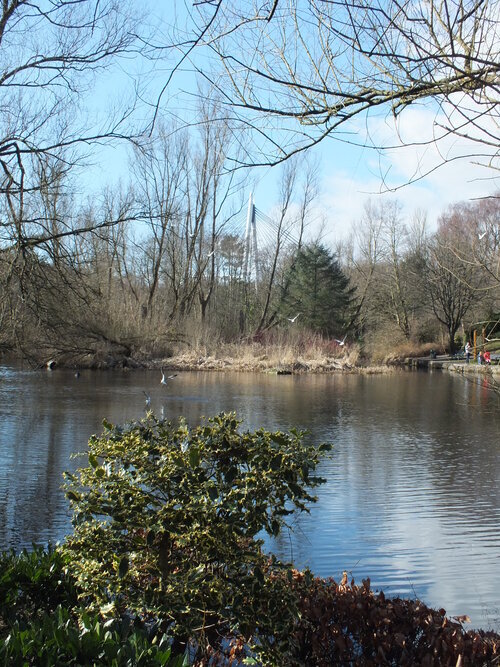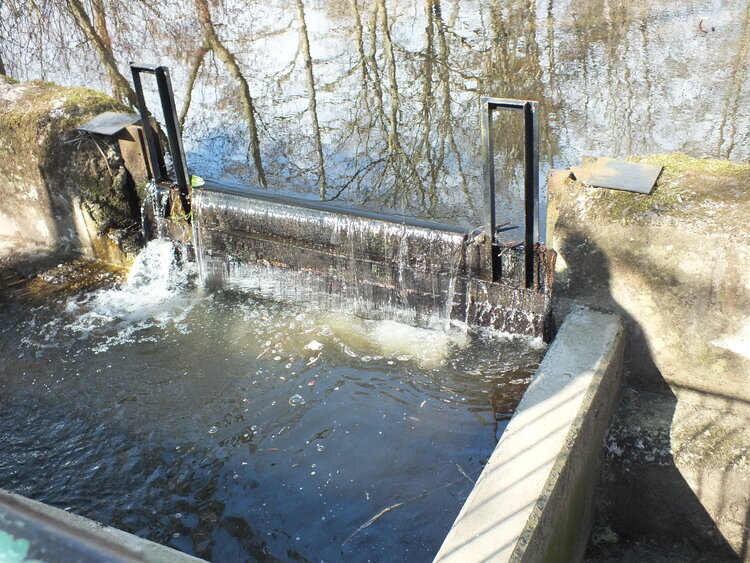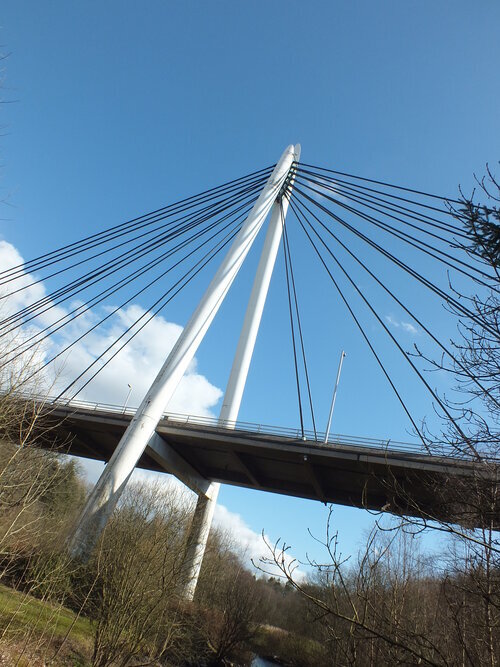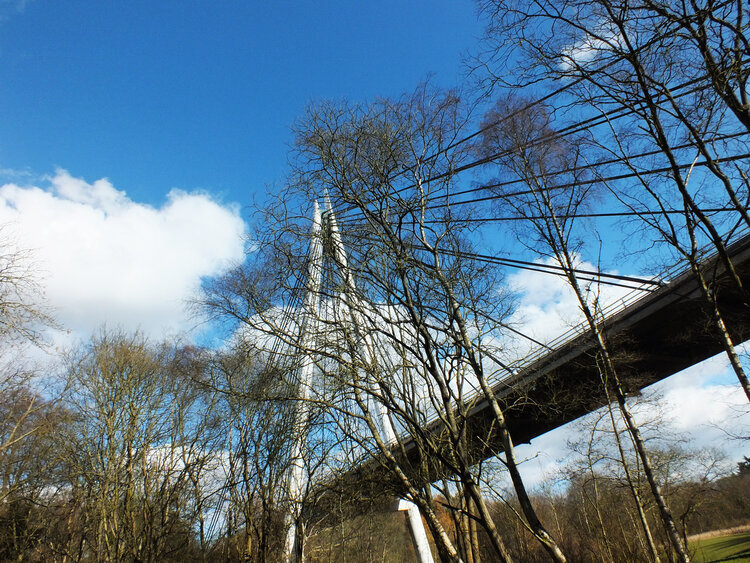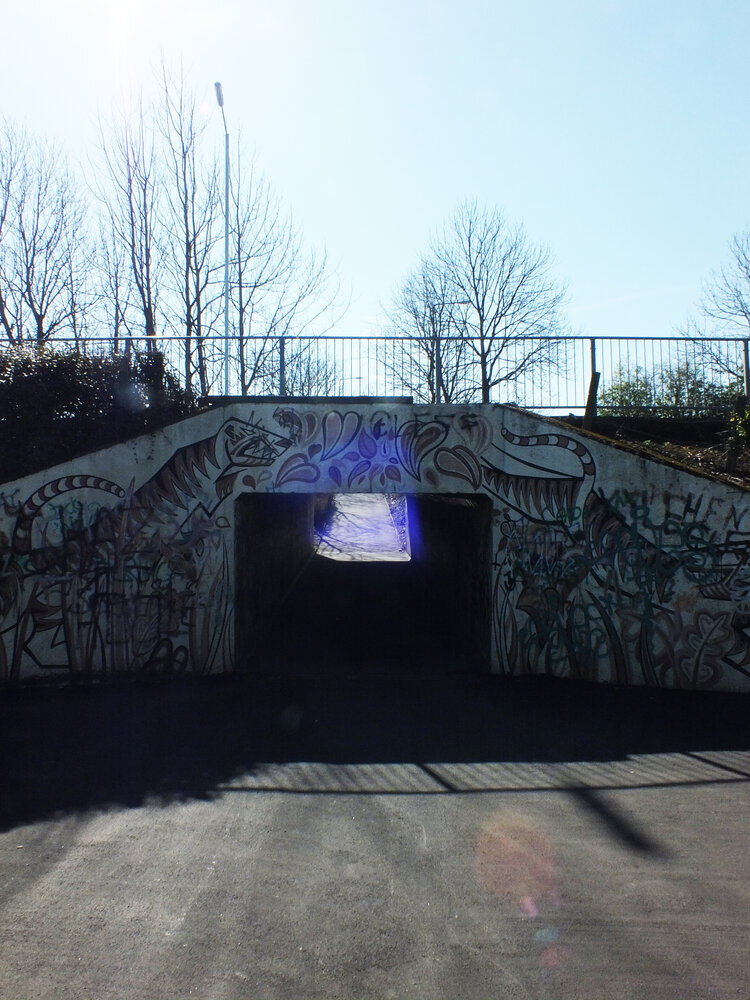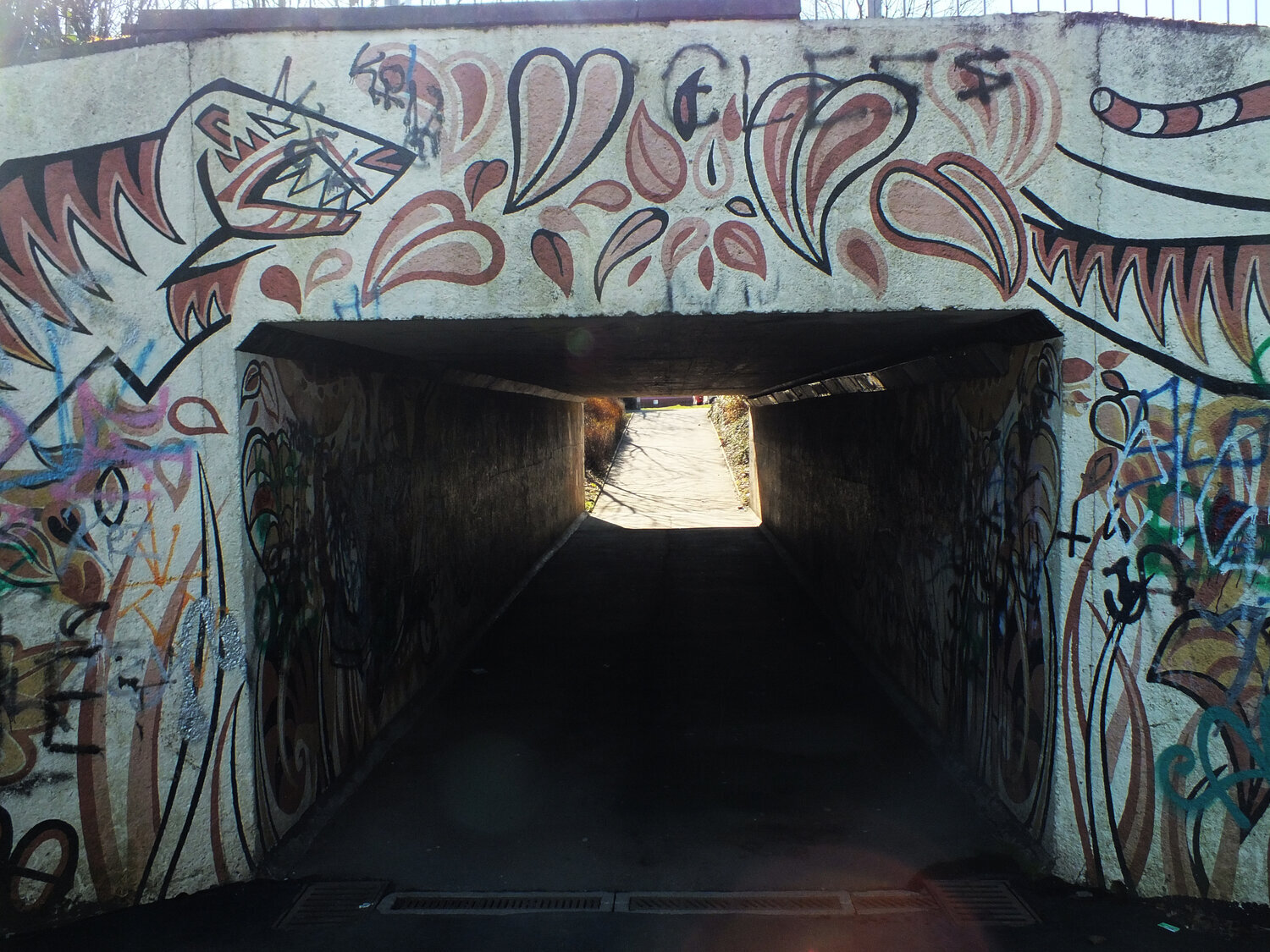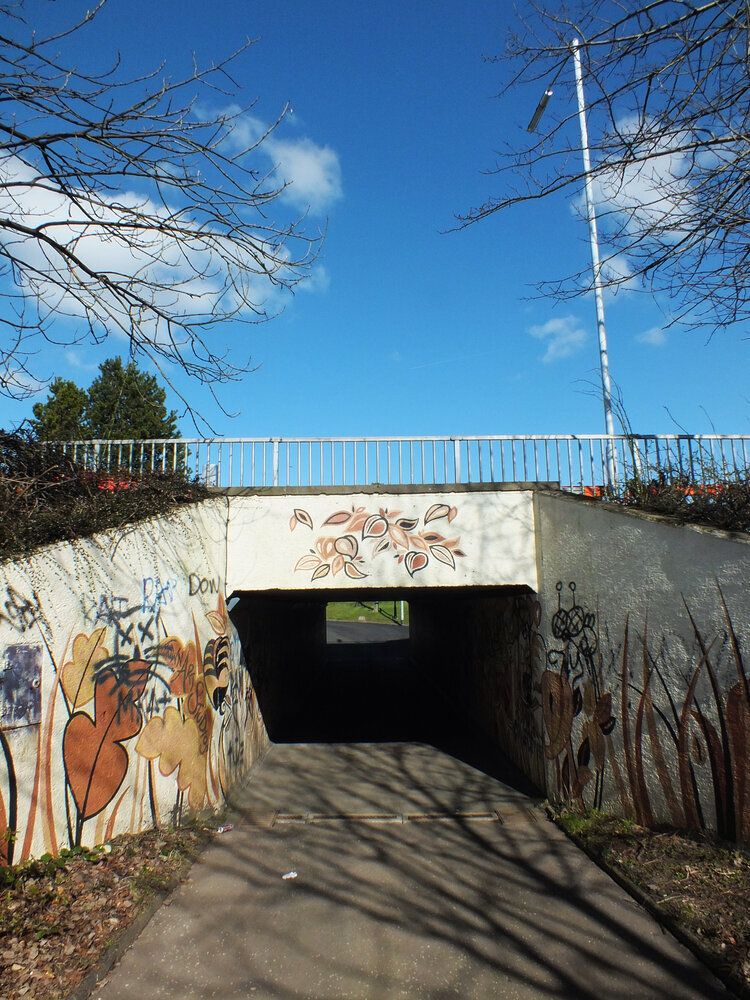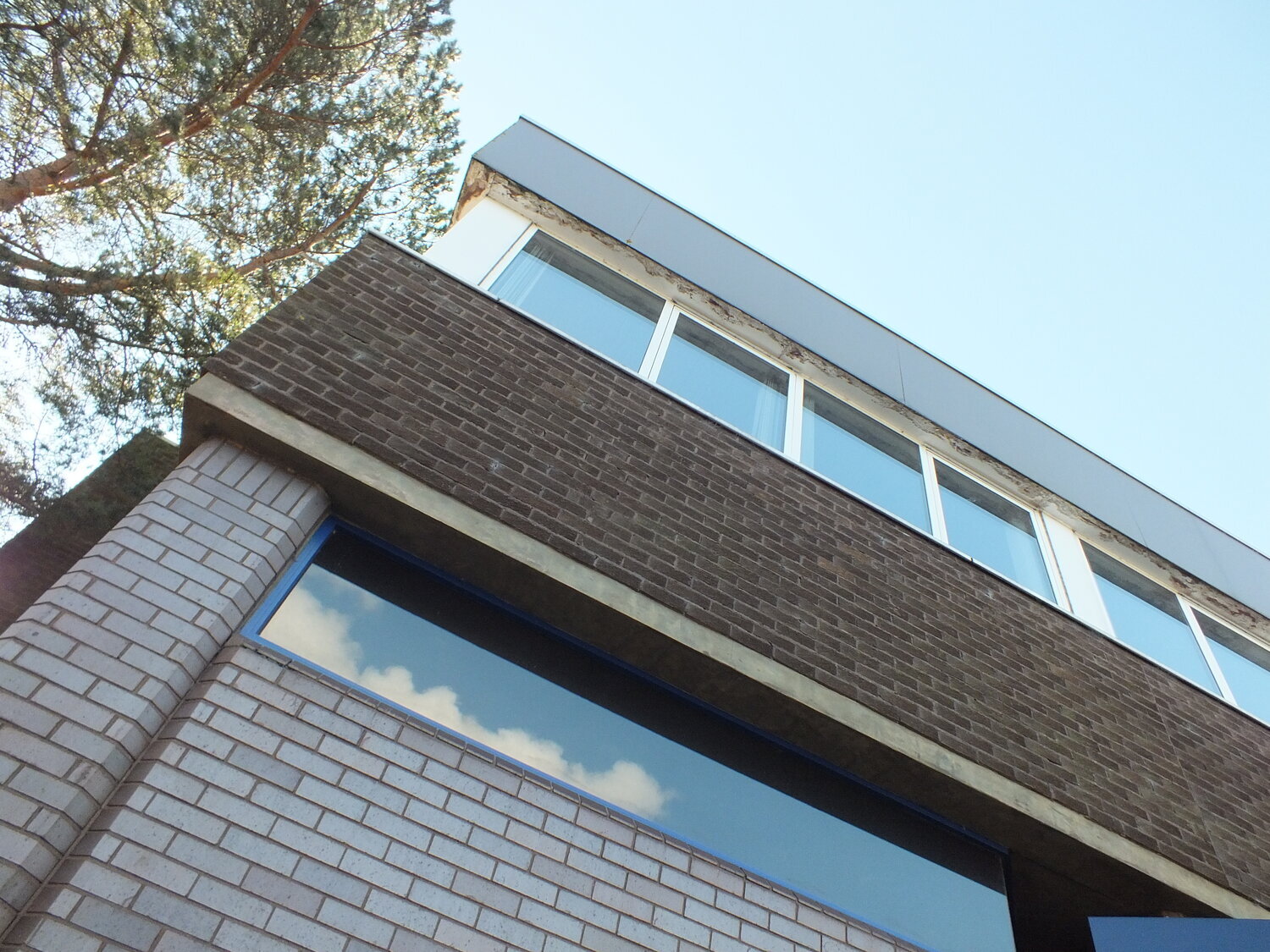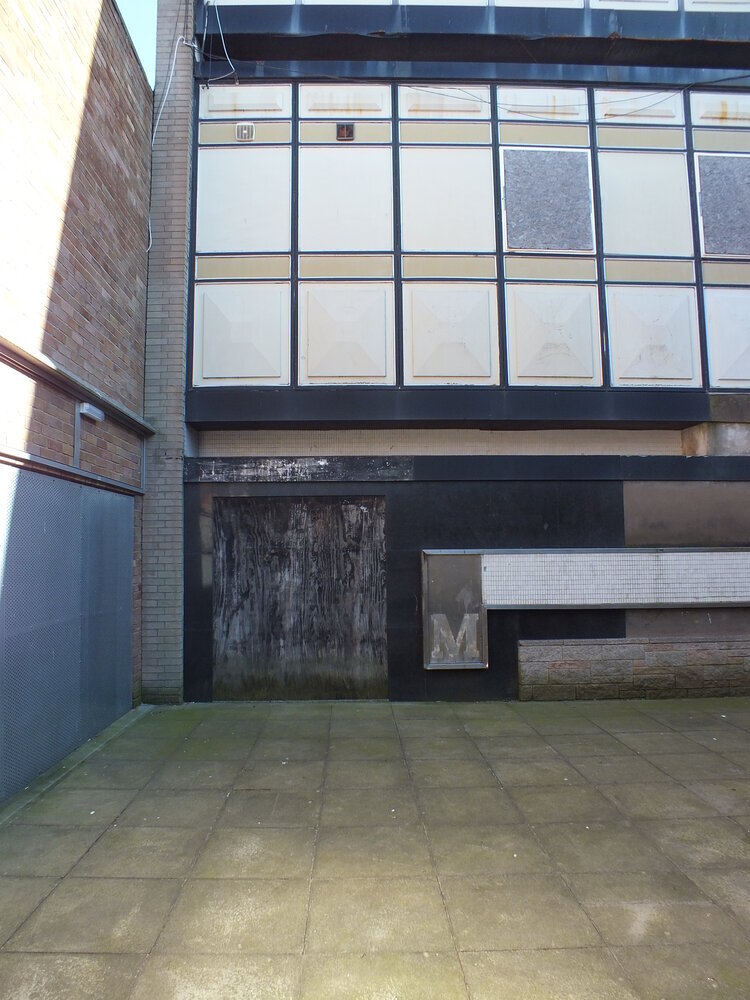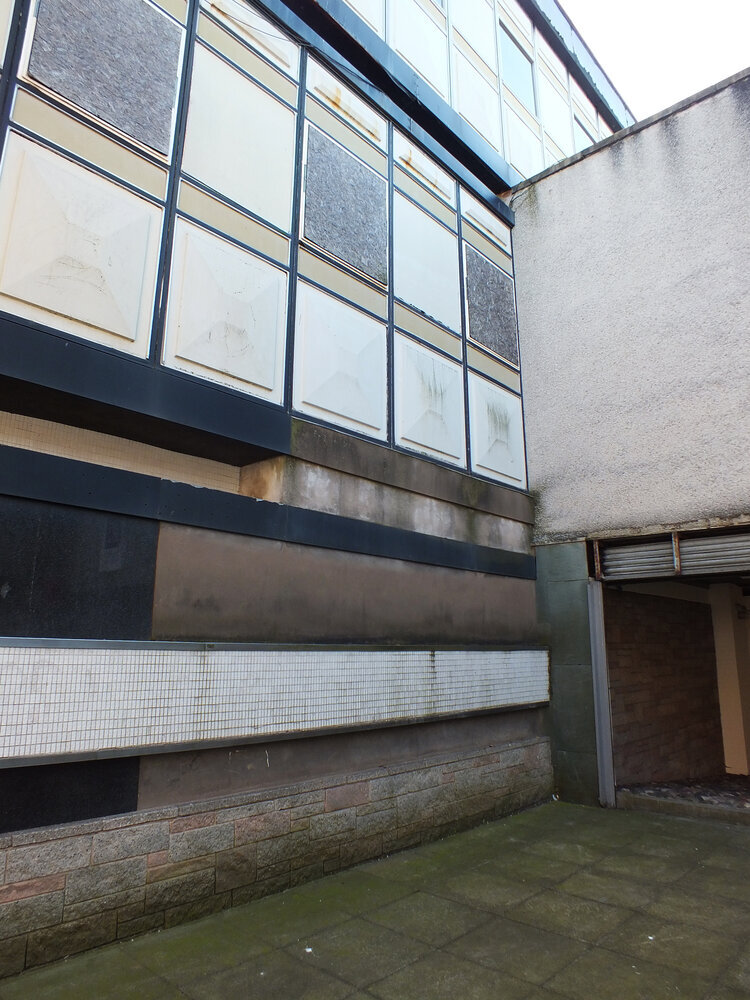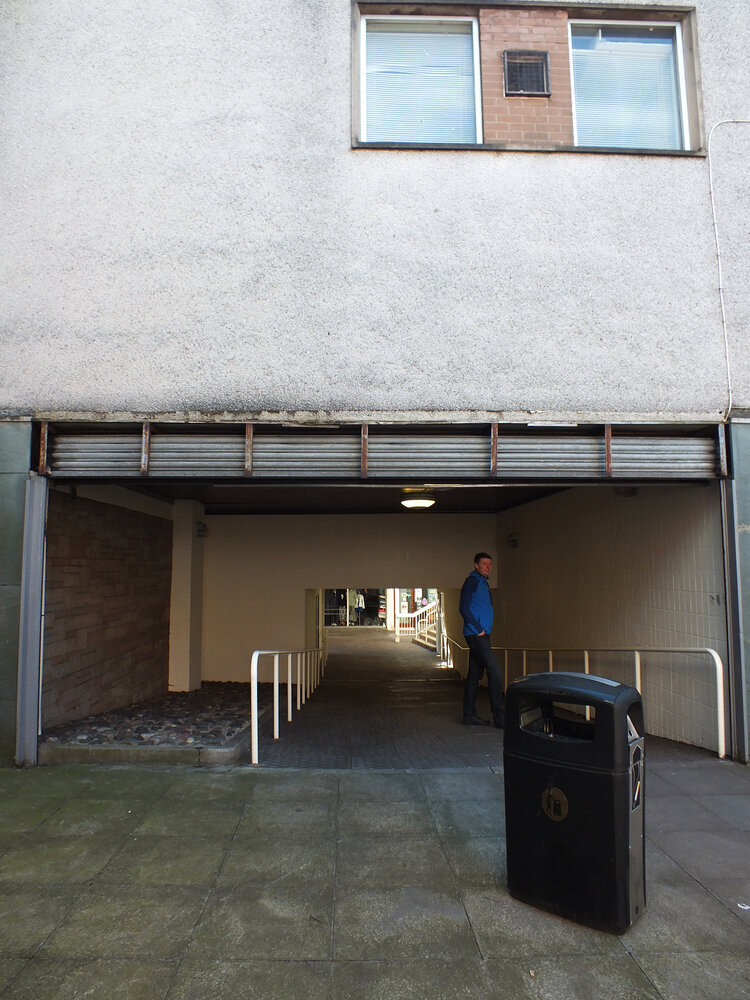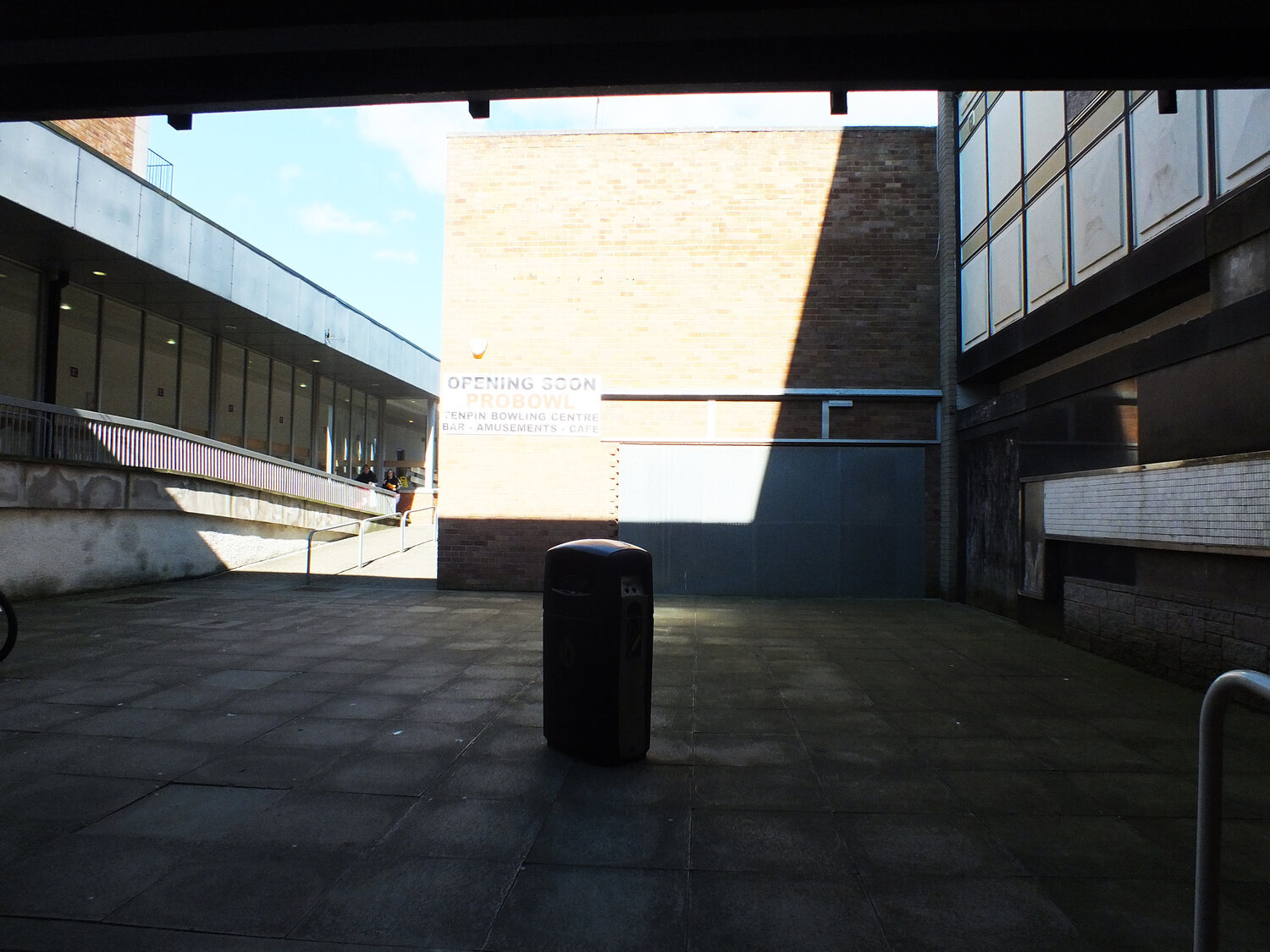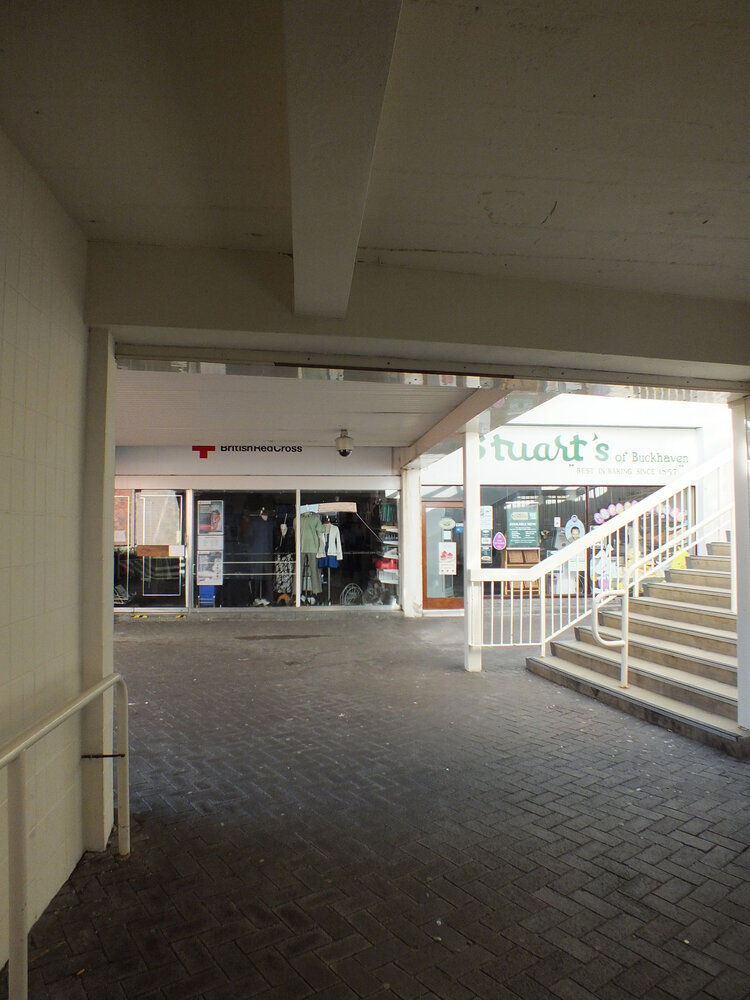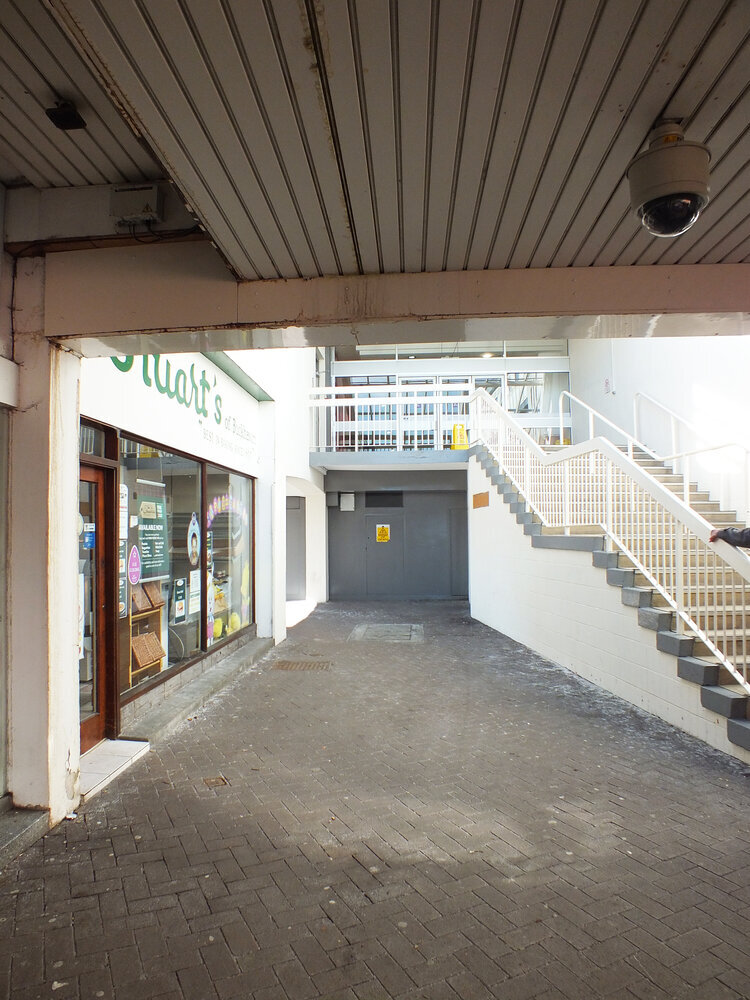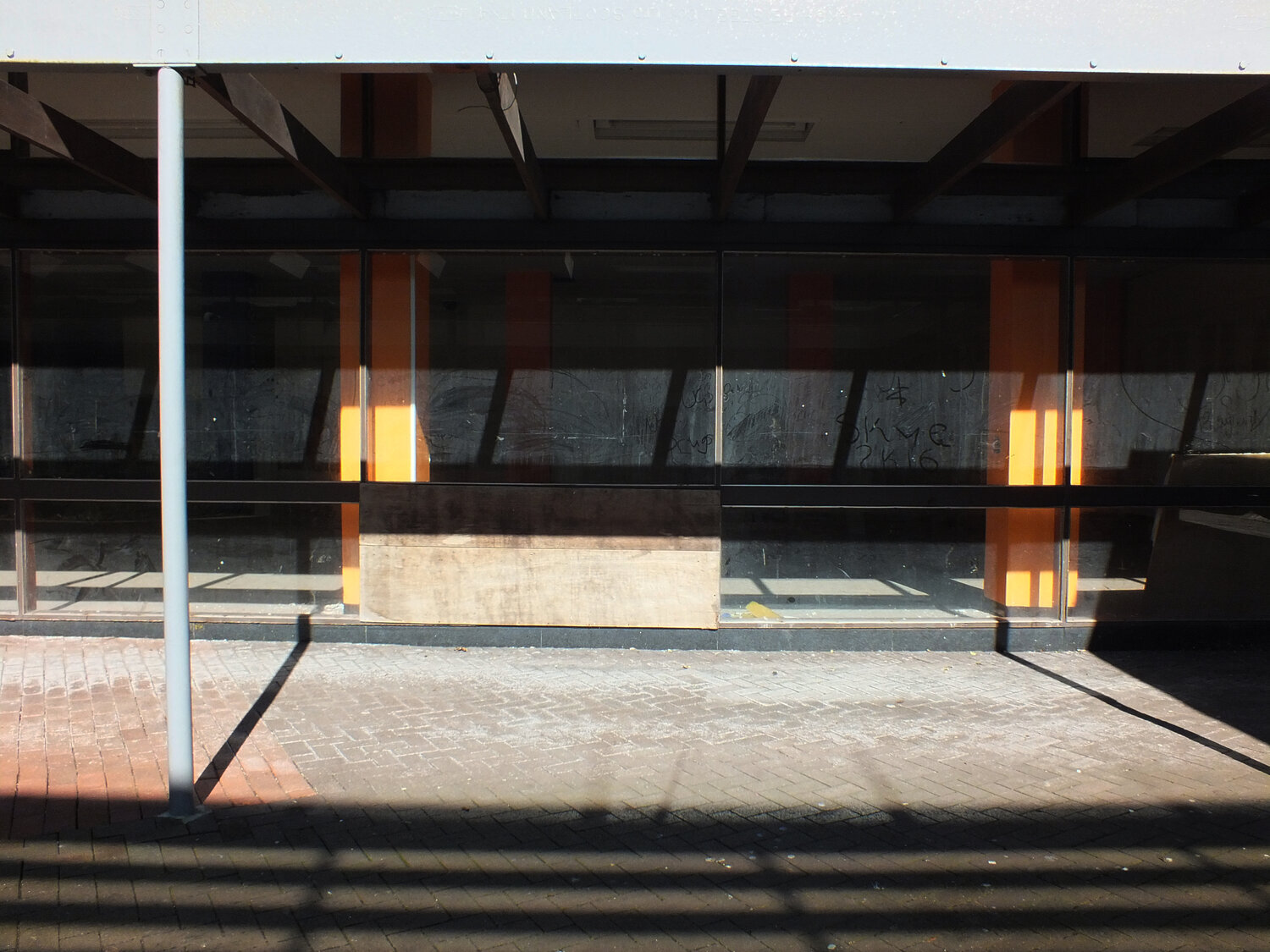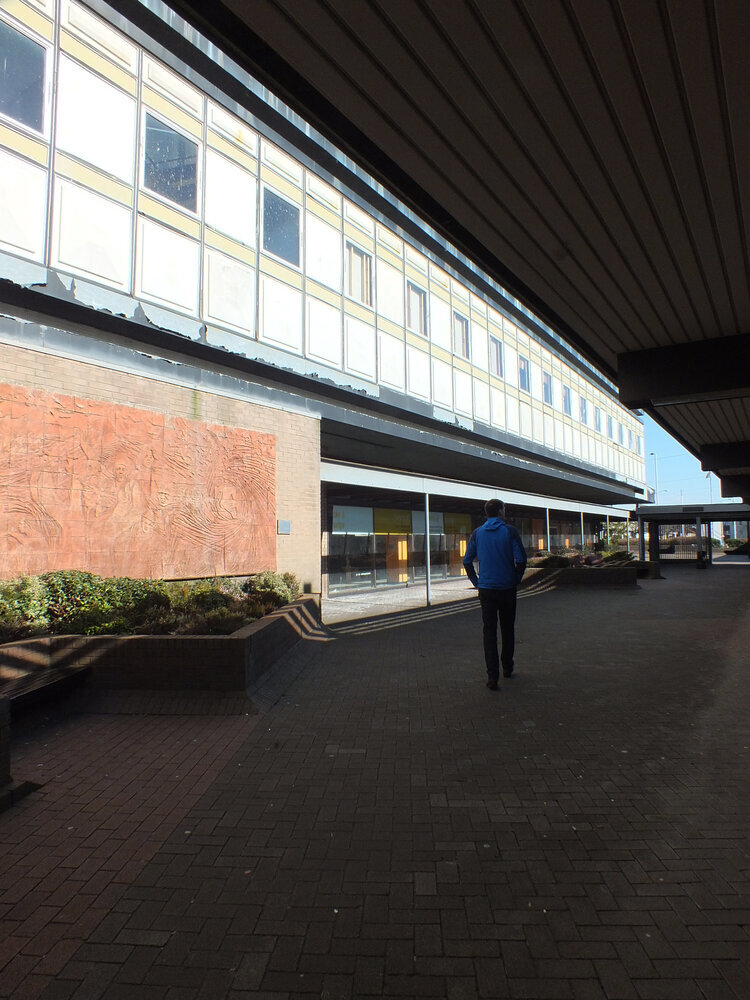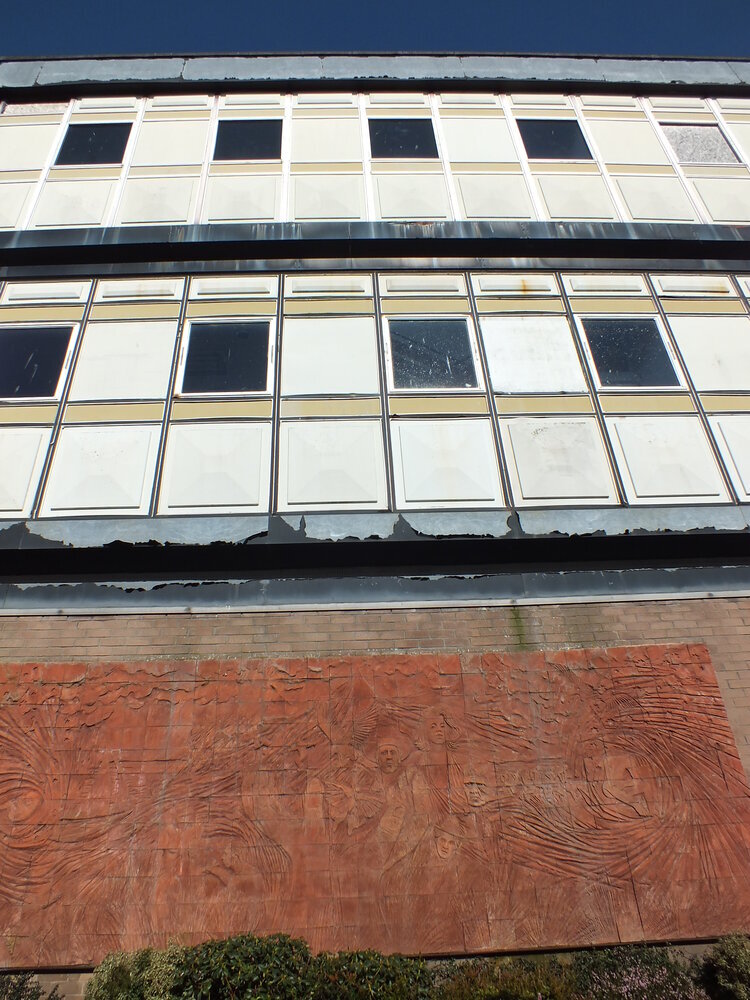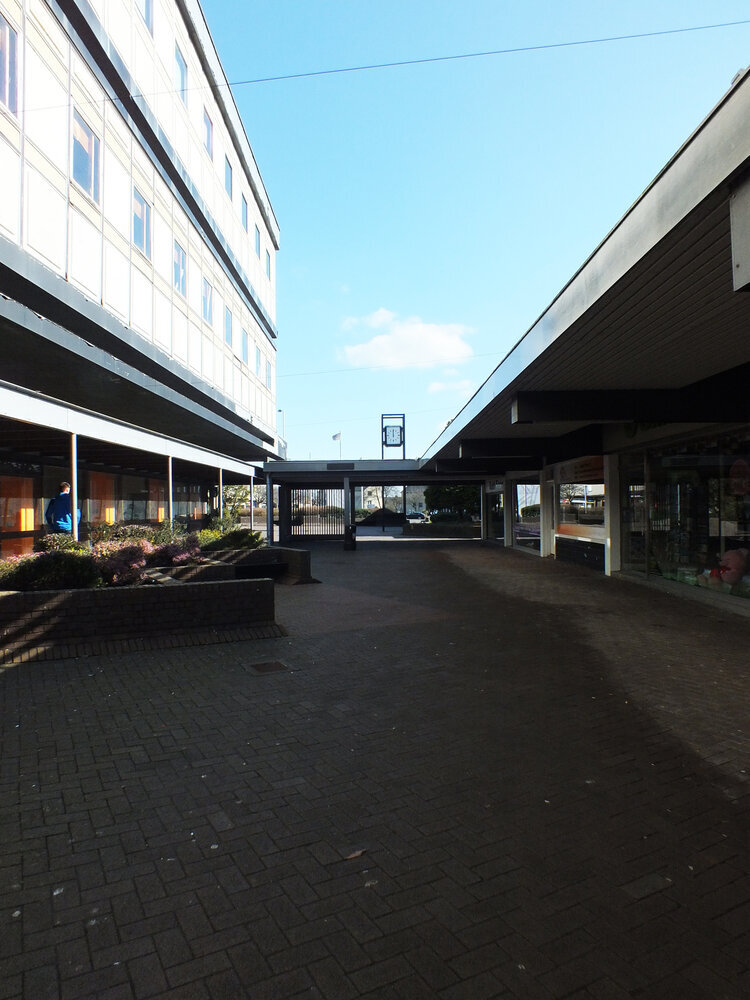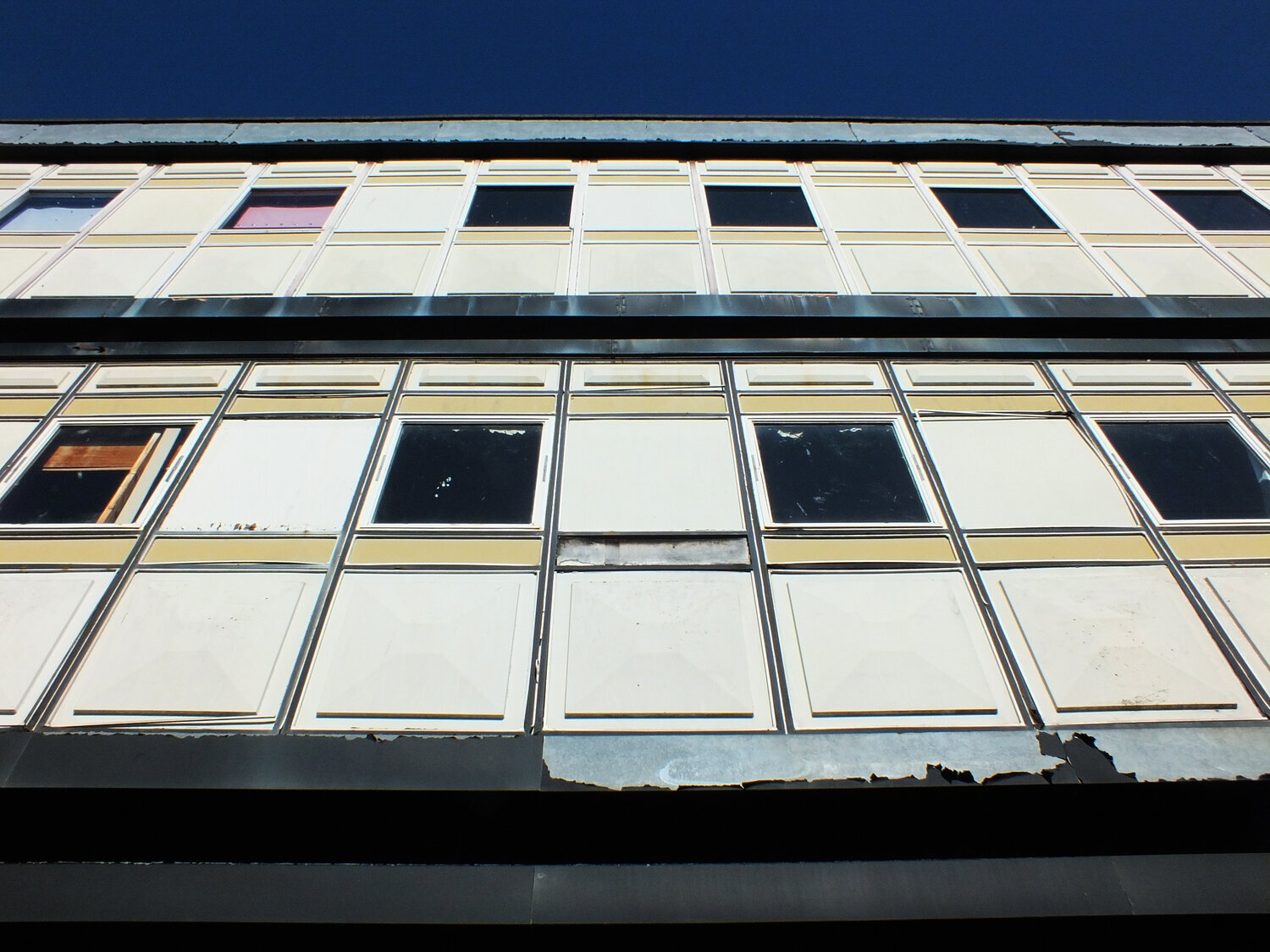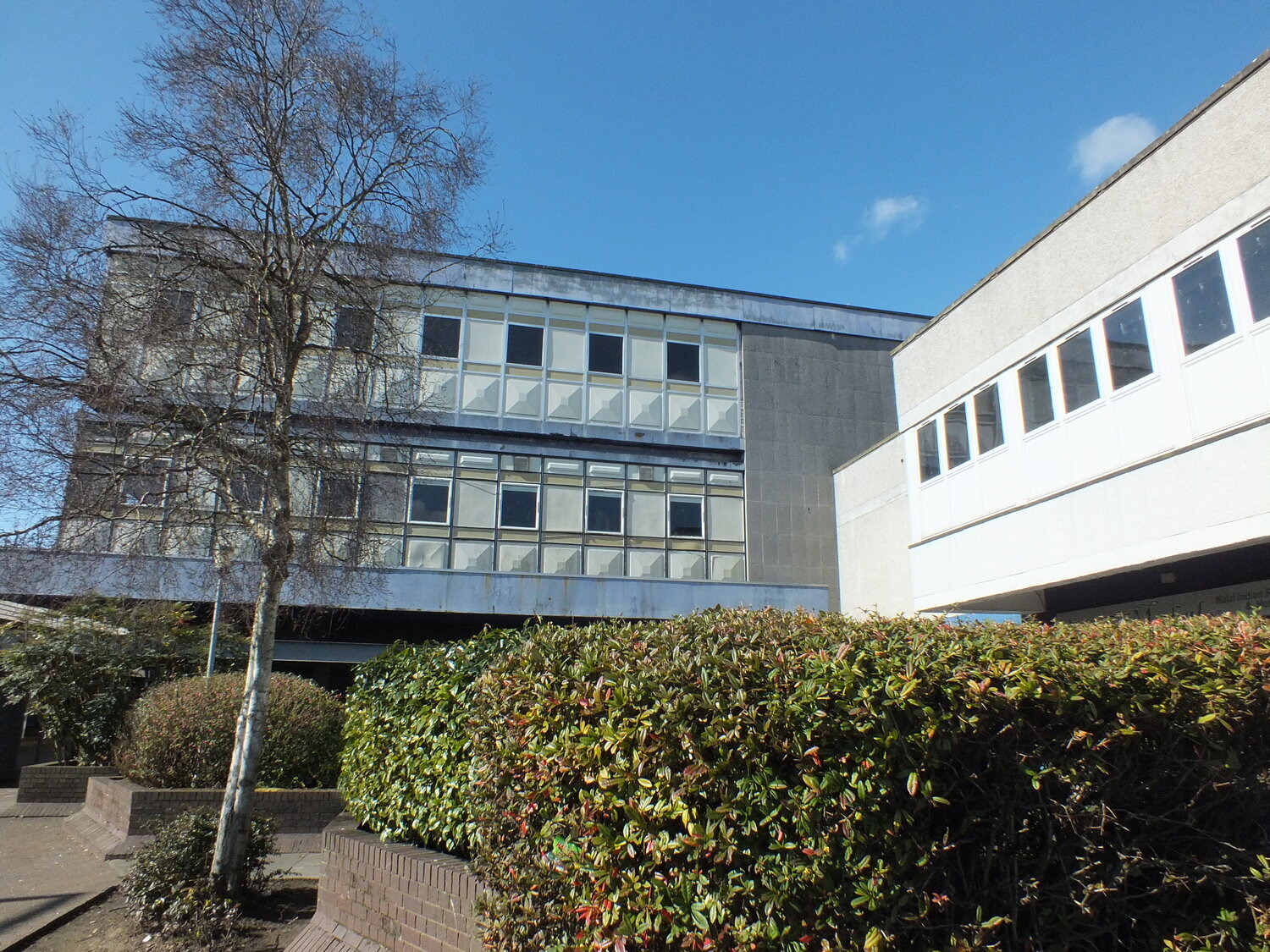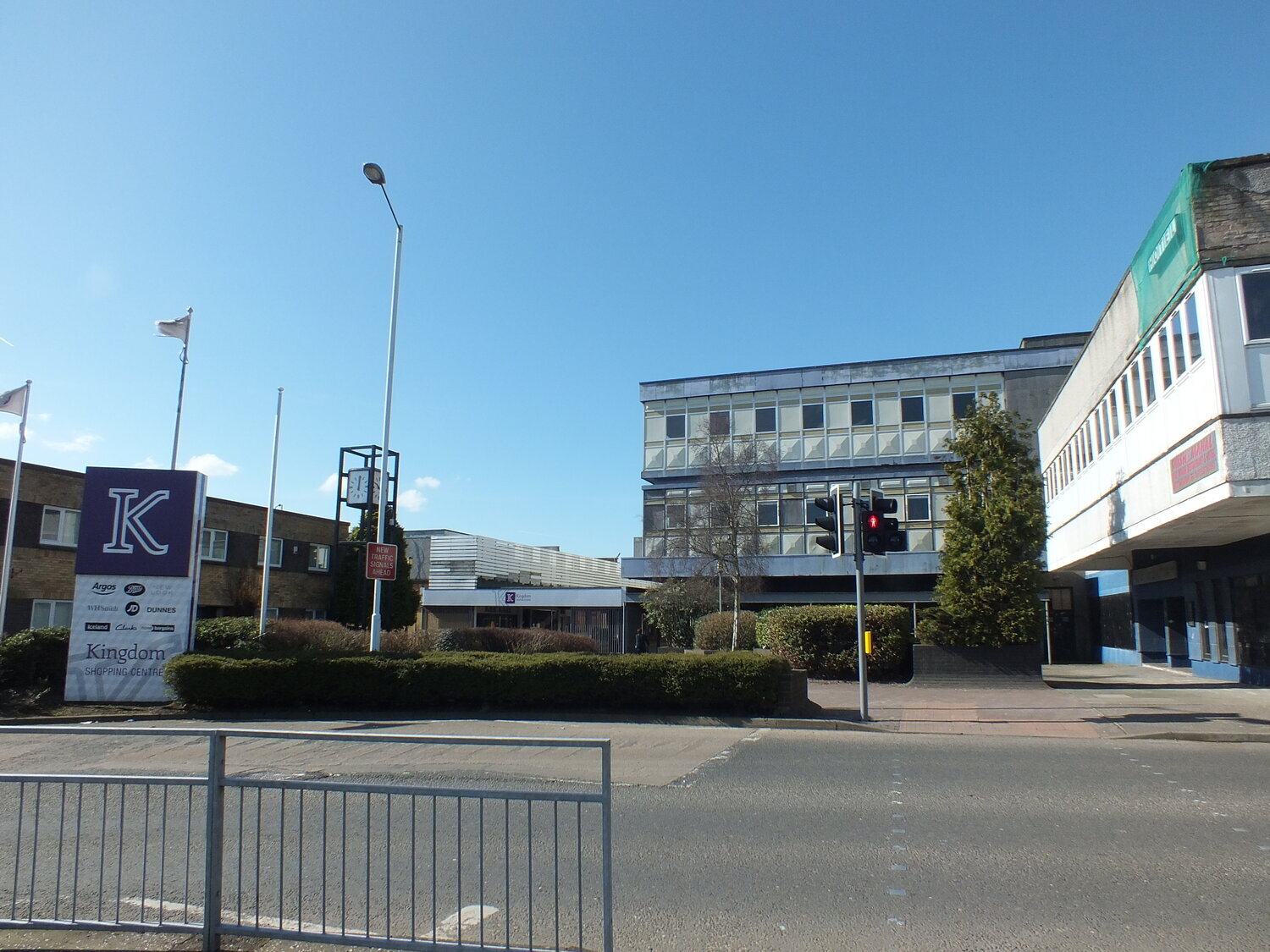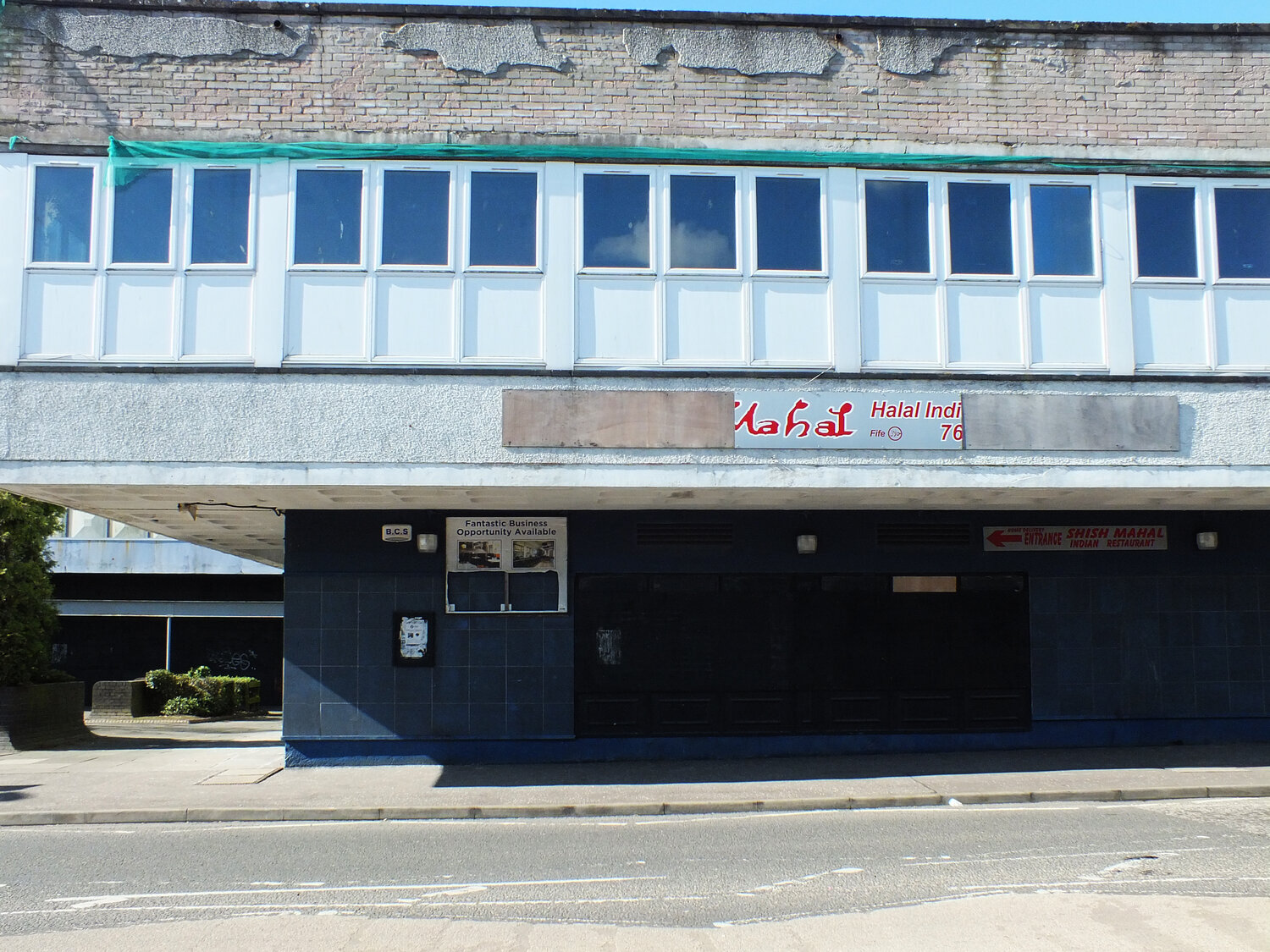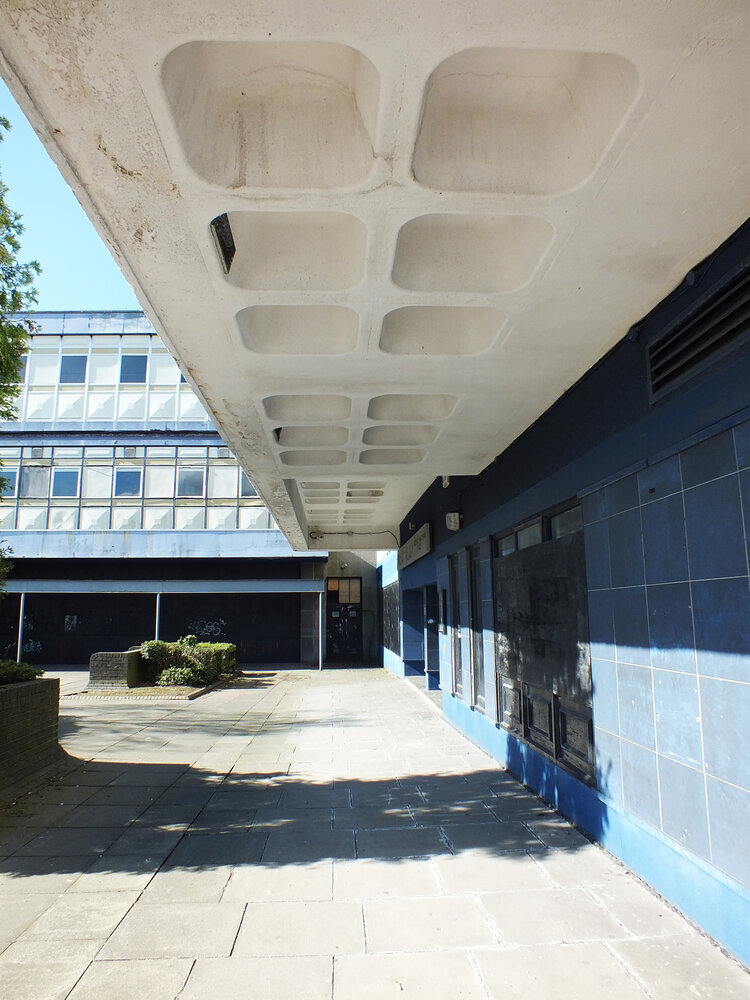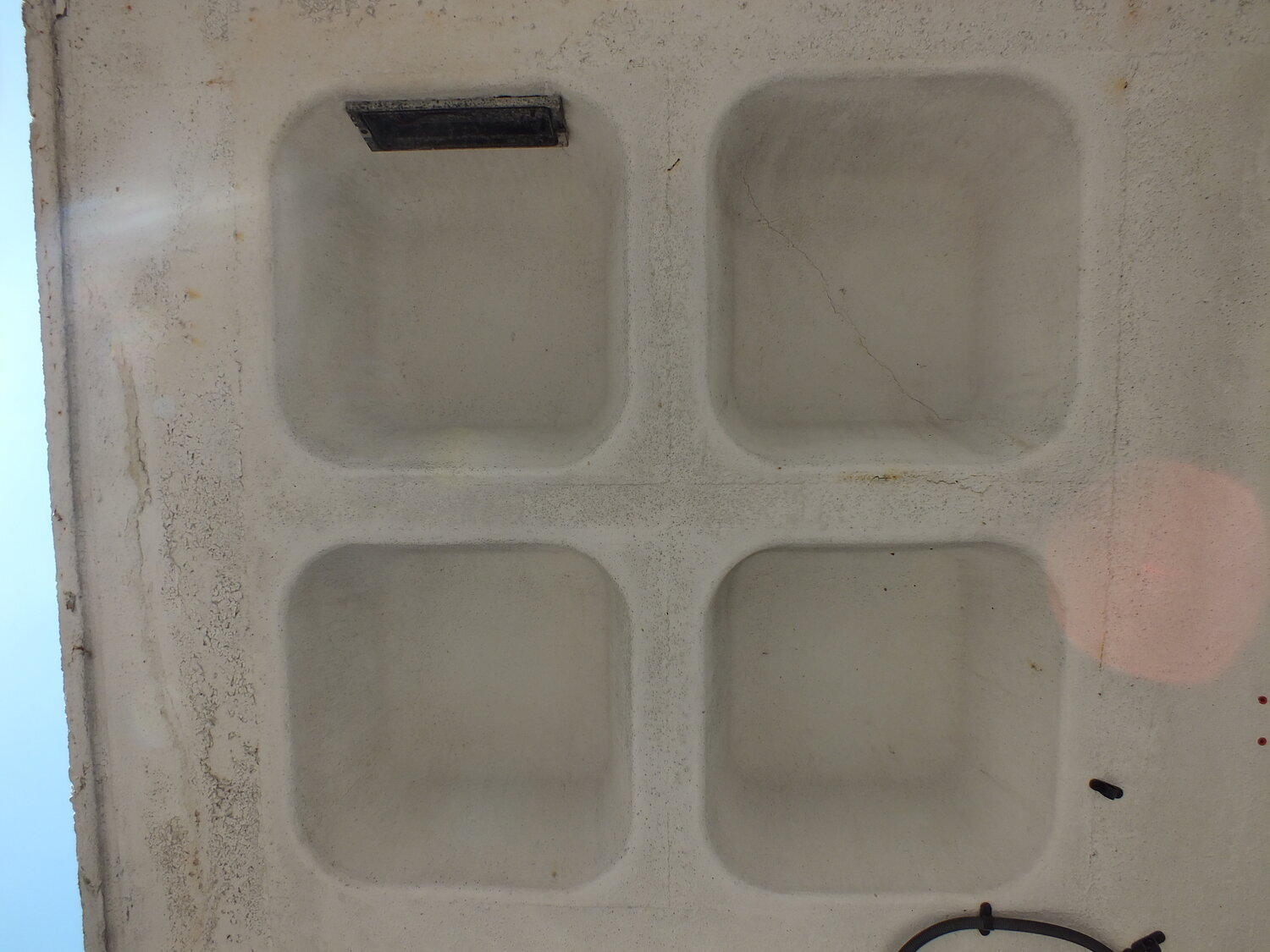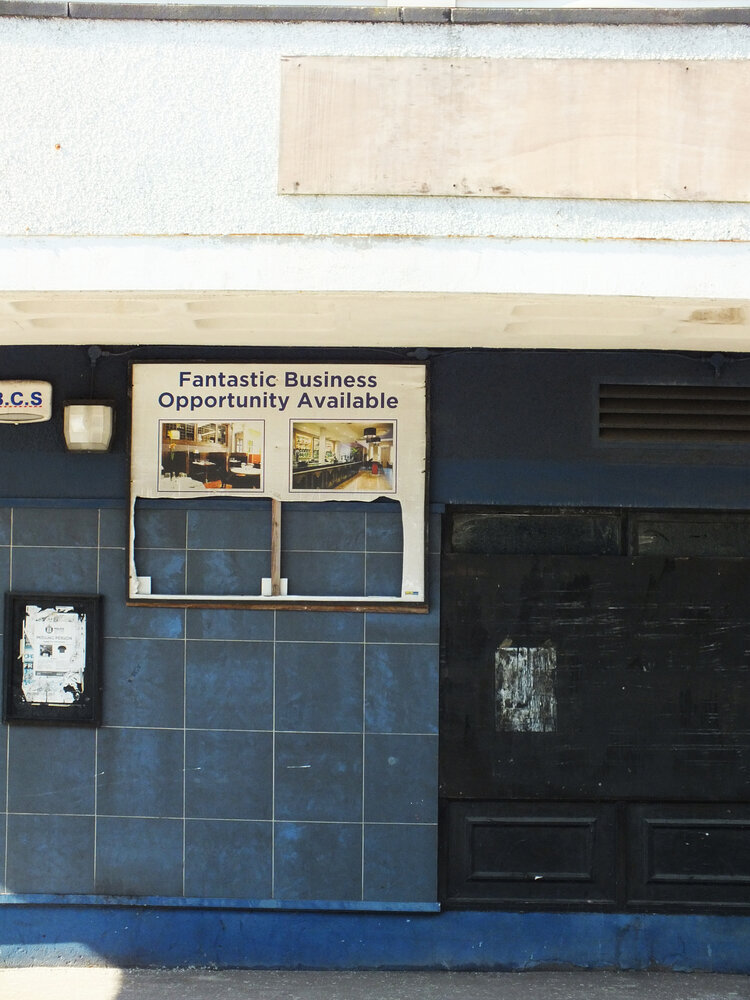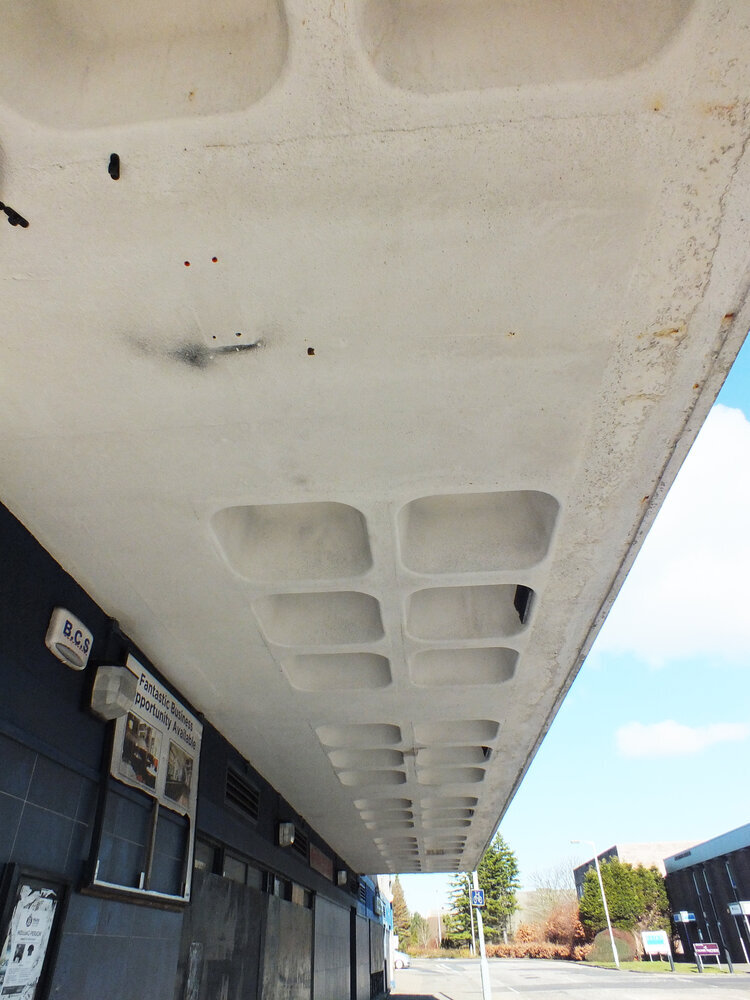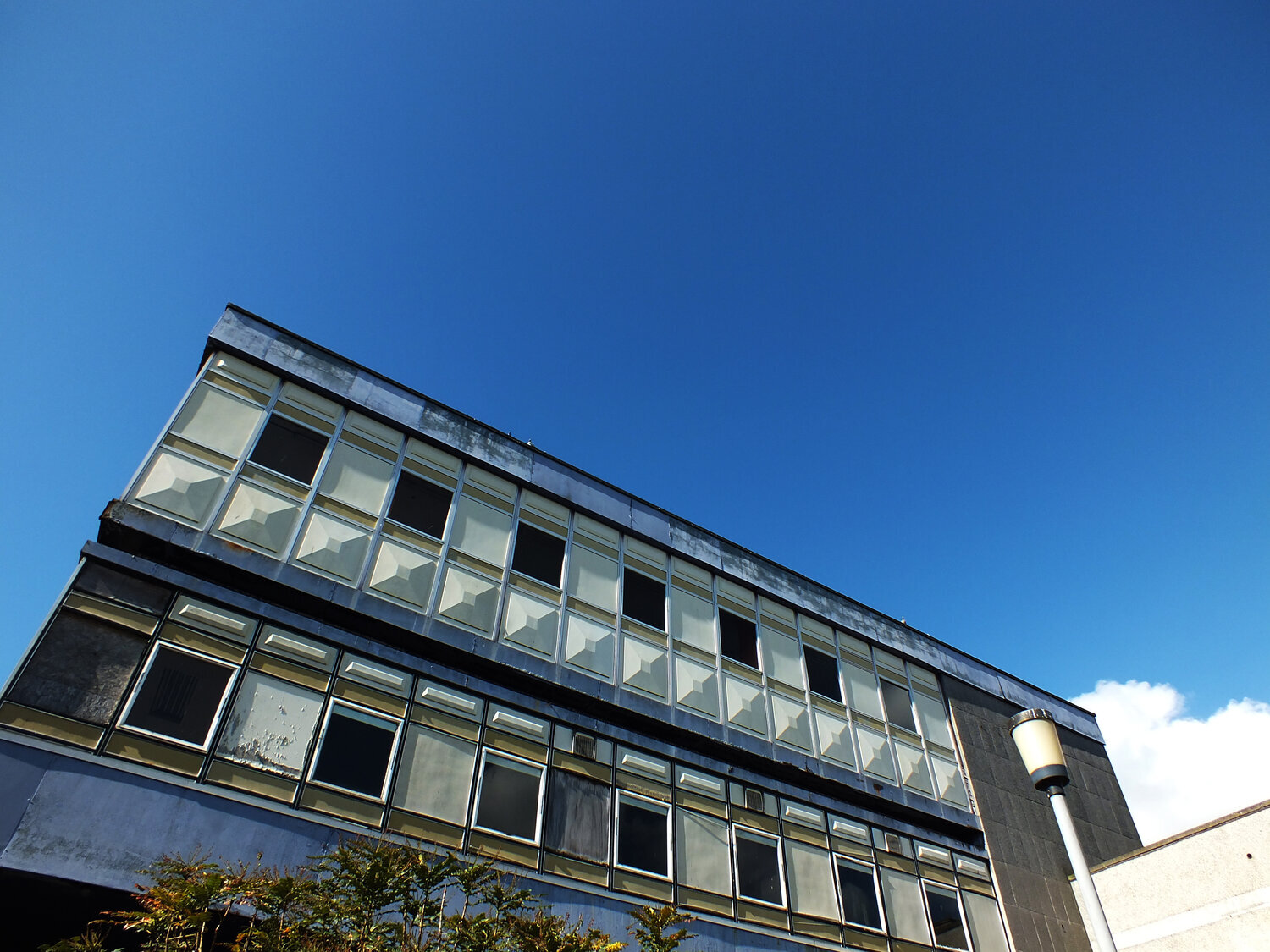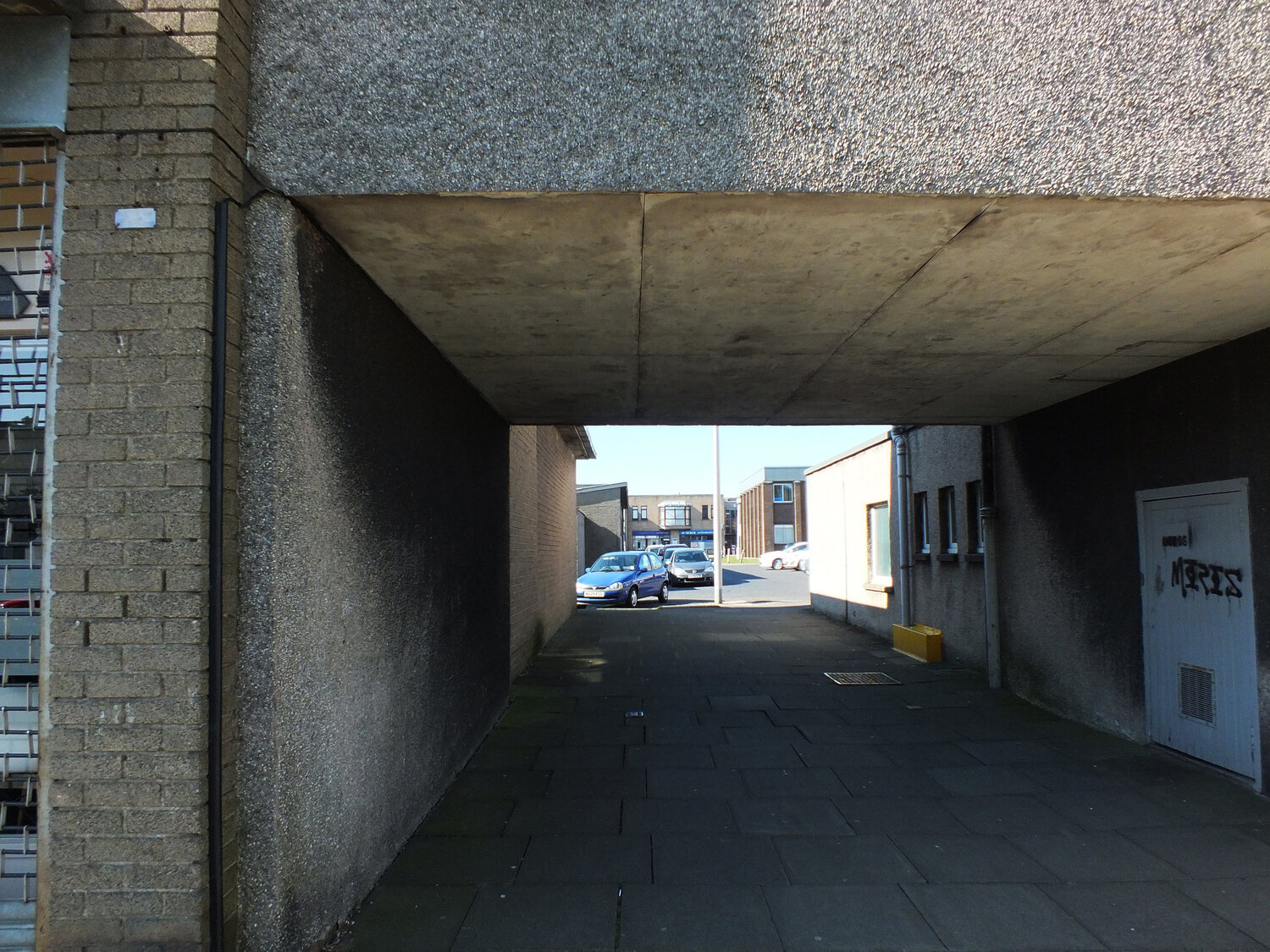ZITA: that sounds really cool. so if other materials are not the immediate next step for you, then what is? what can we expect to see from you next?
KATE: so going back to the texture thing, at the moment texture doesn't really feature a lot in my work because i always thought it's about the form. it had to be about form and nothing else so texture hasn't really been in it, so texture is my next thing! it's been ongoing and i have a "shopping list" of some traditional and not so traditional things to experiment with. i don't know what it will look like in jewellery, so my next thing is a non-jewellery experiments on how to create different textures and maybe going back through my architectural close-ups and look into how i can re-create some of that. but step one will not involve any jewellery because it's less of a pressured way to do it! making it into jewellery will be step two.
ZITA: maybe you could exhibit your experiments as sculptures!
KATE: yes i would love my experiments to be a beautiful thing, even if it's only a “sketchbook” of samples. because then you could back to it over and over again and you might end up discovering loads of textures or loads of techniques so it might just be a case of keeping your records - so i would quite like whatever it is to be a beautiful thing to keep and go back to in the future.
ZITA: that sounds like a great plan!
KATE: i think that's quite achievable in lockdown, it's something i can do by myself in the studio so that's the immediate plan.
ZITA: and, having spoken about inspiration - does it find you spontaneously or do you go and actively research?
KATE: it is very spontaneous. when i go out and about and i see something i like i take a picture of it without thinking too hard why i like it or what i'm going to do with that, it's just a photo of a weird thing. i don't think it's any more than that, it's just like a gut instinct. often when i'm making i've been making it up as i go along more. sometimes things just take a turn as you're making, and you see an opportunity and follow your nose. i do have collections that are way more thought out and involved a lot more research. they were a bit more engineered in a way, i thought about how a collection of pieces sit together, but it's been a while since i worked like that and i've been thinking recently that maybe i need to go back to working like that.
ZITA: thinking about research - and this is something i want to ask from everyone i have these conversations with - can you recommend a book, or recommend someone whose work you find inspiring?
KATE: the person i'm going to recommend to you is karlyn sutherland, and she is a glass artist. i studied with her so she also started out in architecture. she did a phd and in it she looked to place and it lead her to glass, she made glass art about place as part of her architecture phd. she is a world renowned glass artist and her work is really architectural. it's really amazing and deceptively simple. you would really have to look to understand - you should definitely, definitely look her up.
ZITA: thanks, that's great! i’ll check her work out. i'm a bit of a design junkie and it's why i want to ask from everyone, i love discovering new work and it also says a lot about the person recommending it i think what they find most interesting.
KATE: that's a good question to ask!
ZITA: and the very last one - apart from your own website, where else can my readers find your work or buy your jewellery?
KATE: right now, a lot of my stockists are shut obviously. hopefully you can find my work at yorkshire sculpture park, as part of their made exhibition - whenever they're allowed to open back. and just yesterday i found out that i've been given a place at the digital craft festival which is happening at the last weekend of march (26th - 28th). so you can find my work through that!
ZITA: brilliant! i think that's an excellent news to close this with! thank you so much for your time, i think it’s been a meaningful and inspiring conversation, and i hope to speak in person some time.
KATE: thanks!
-
links:
A L I G N J E W E L L E R Y
Kate McLaughlin - maker profile on Craft Scotland
Digital Craft Festival
Yorkshire Scupture Park - Made exhibition
Karlyn Sutherland - Heller Gallery




